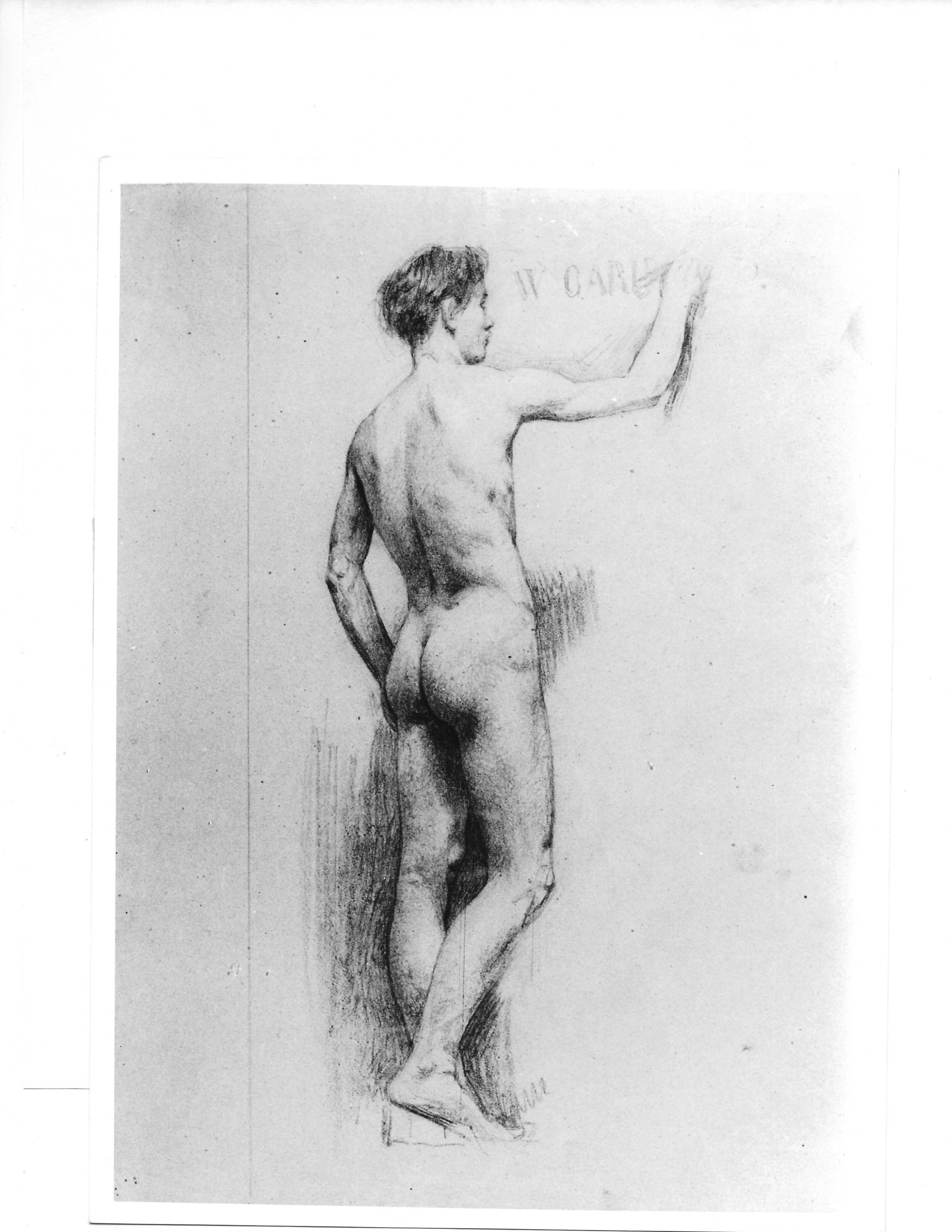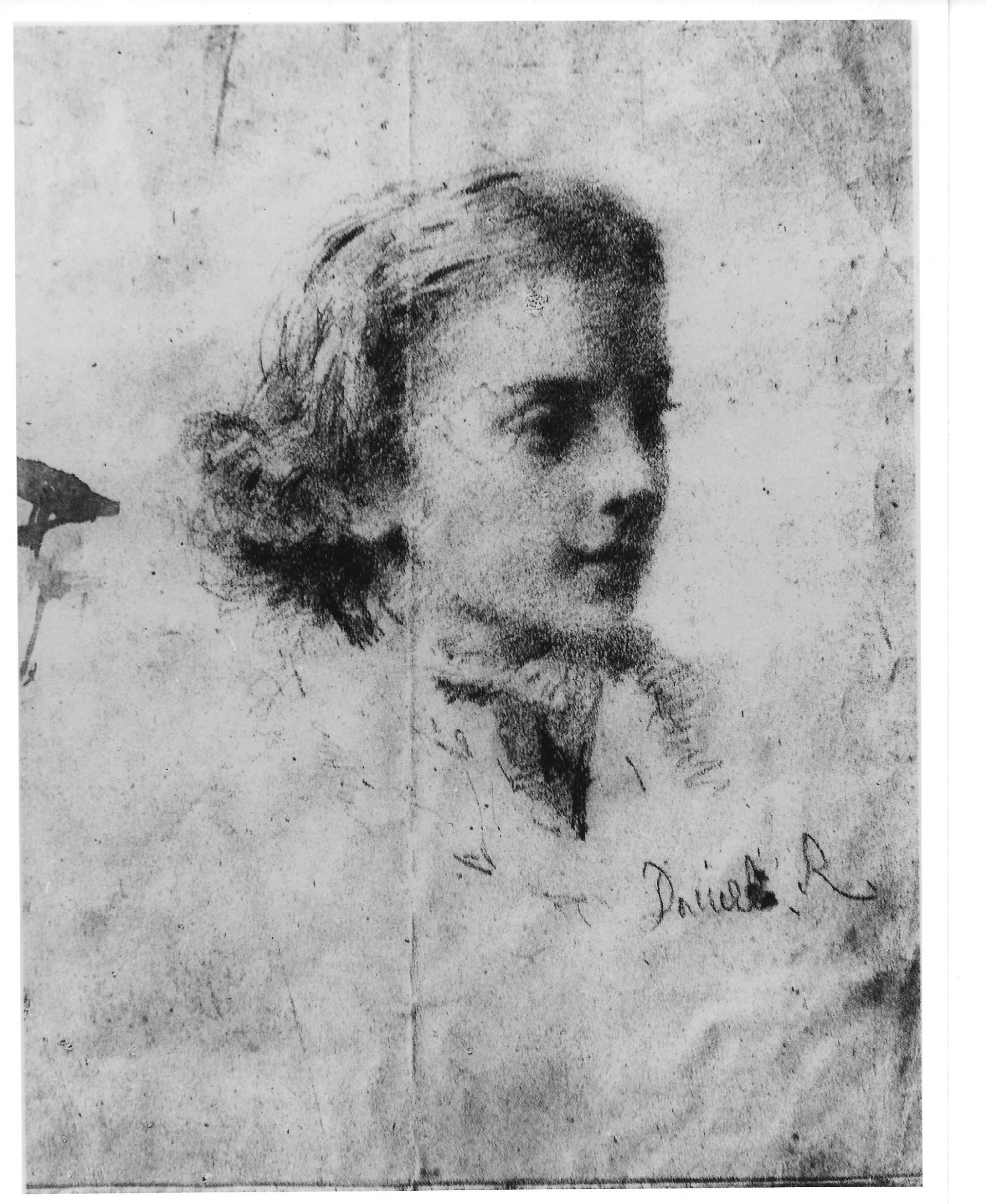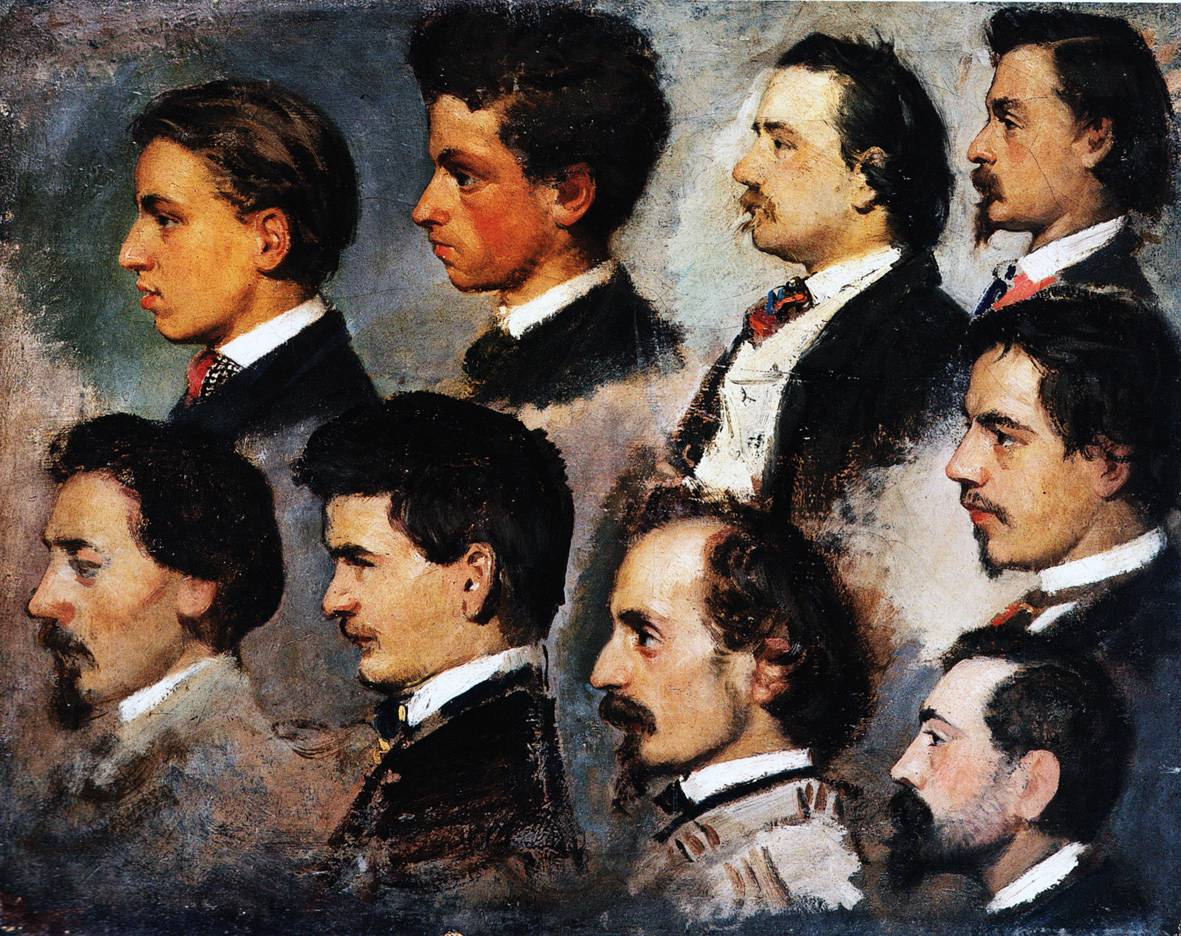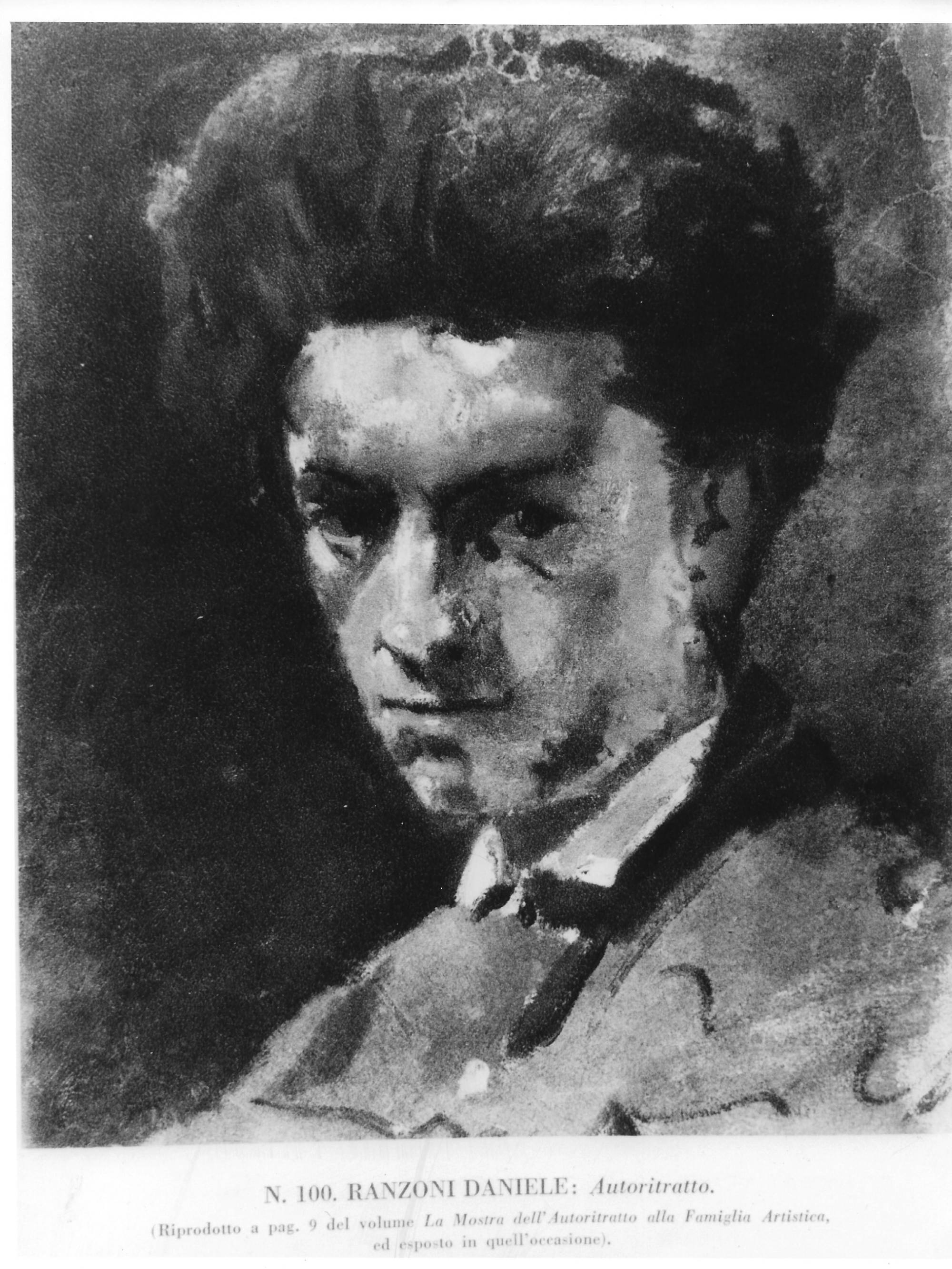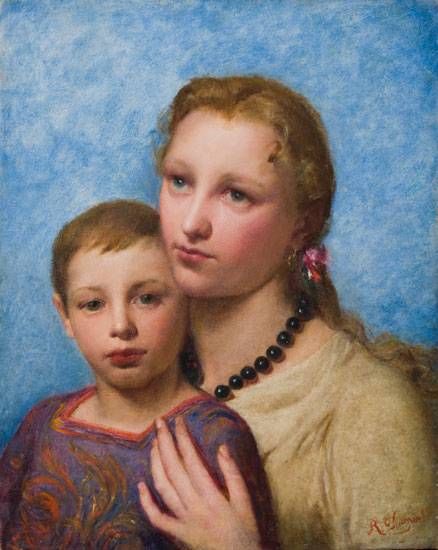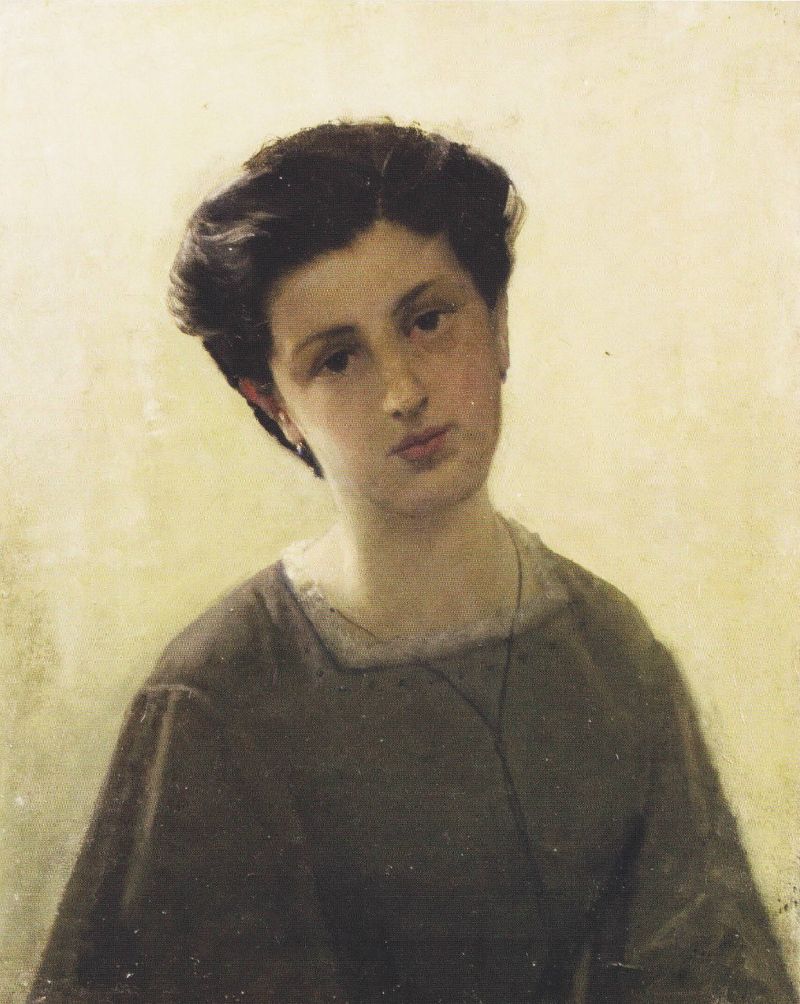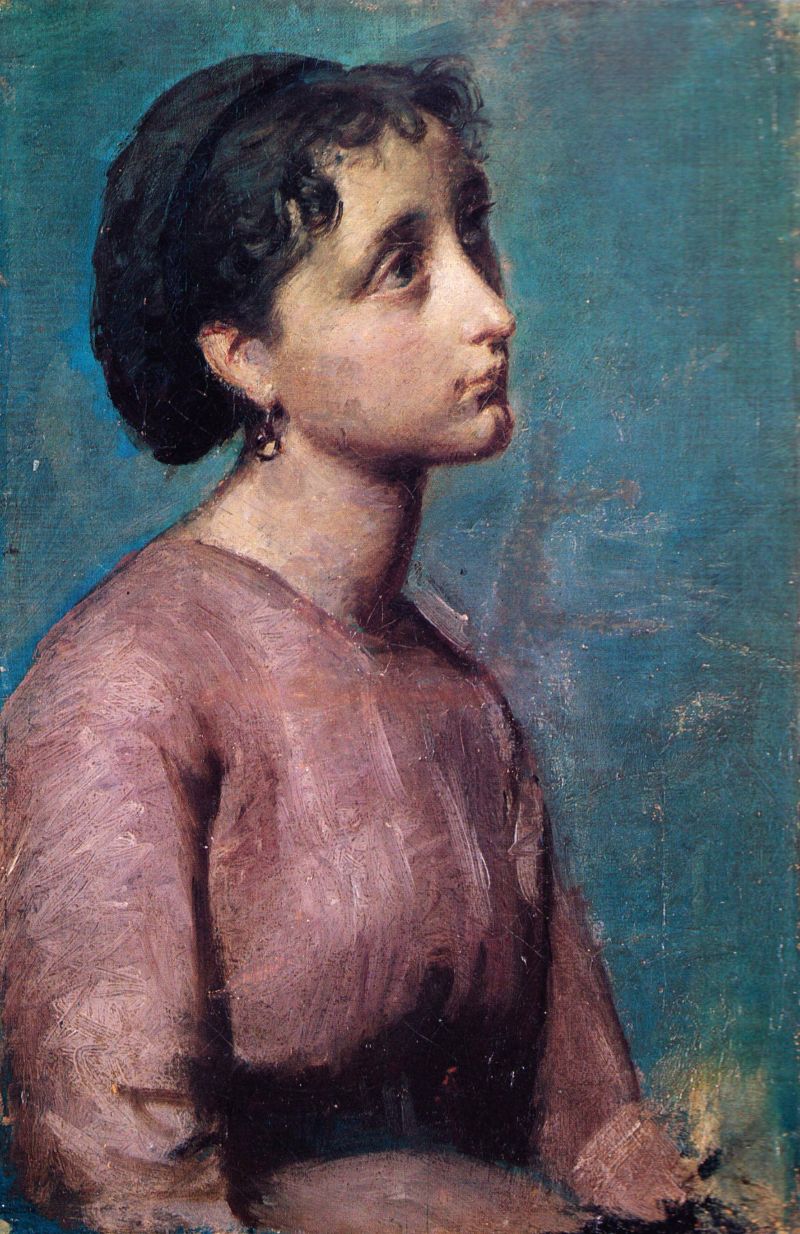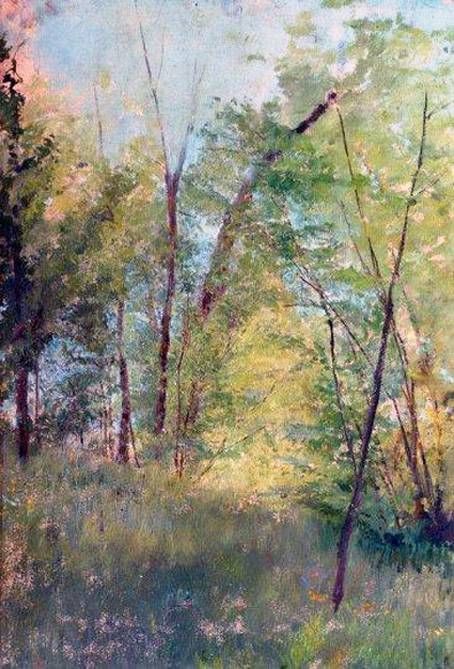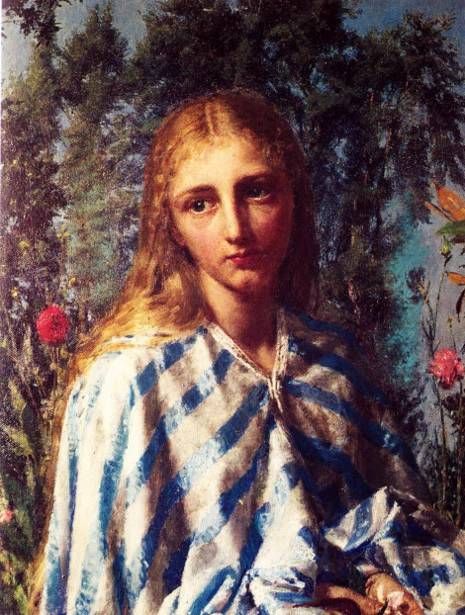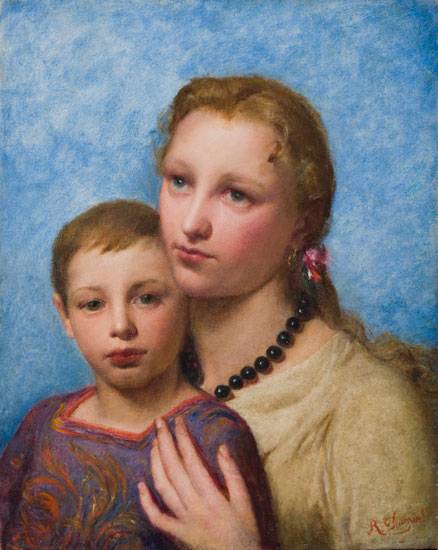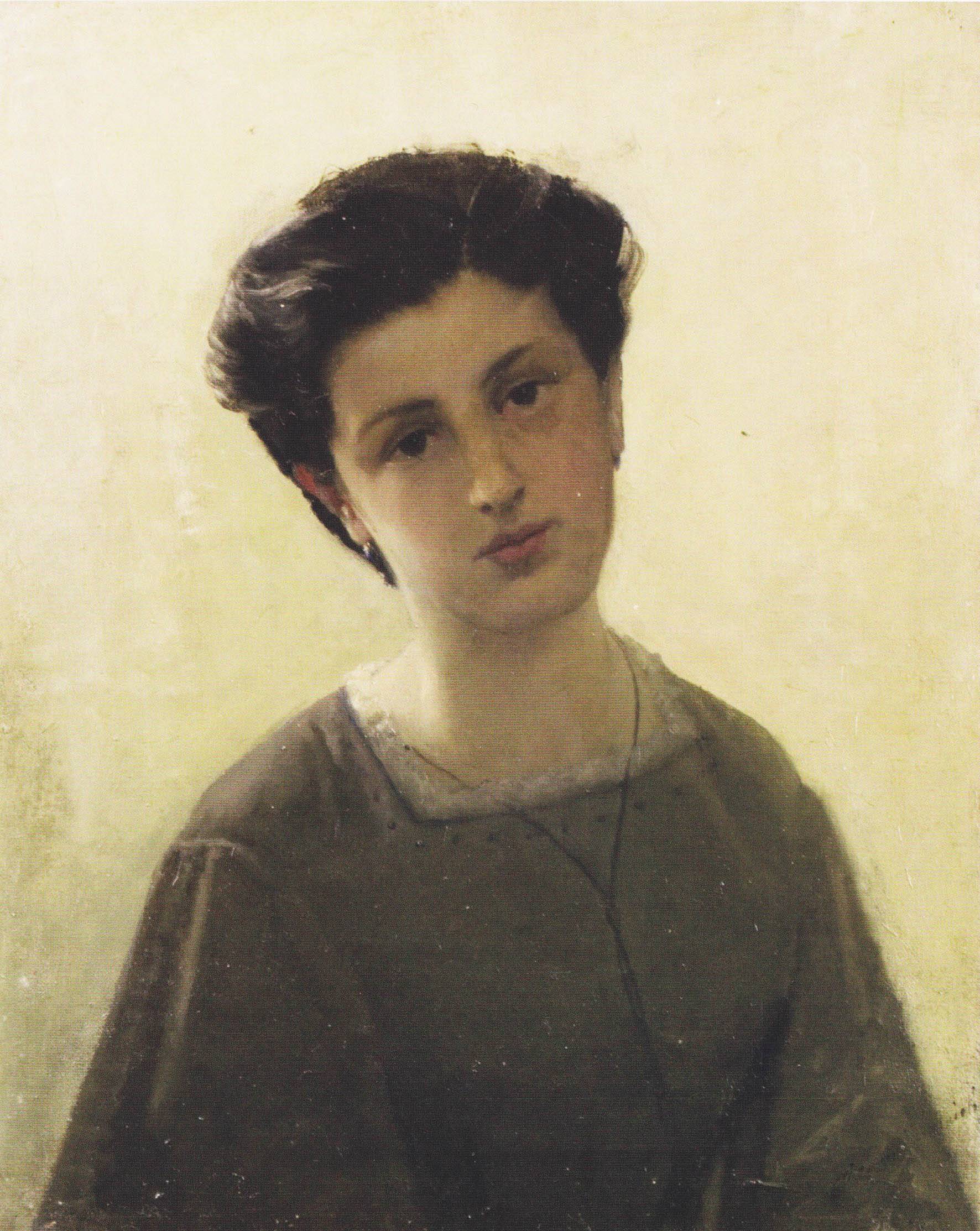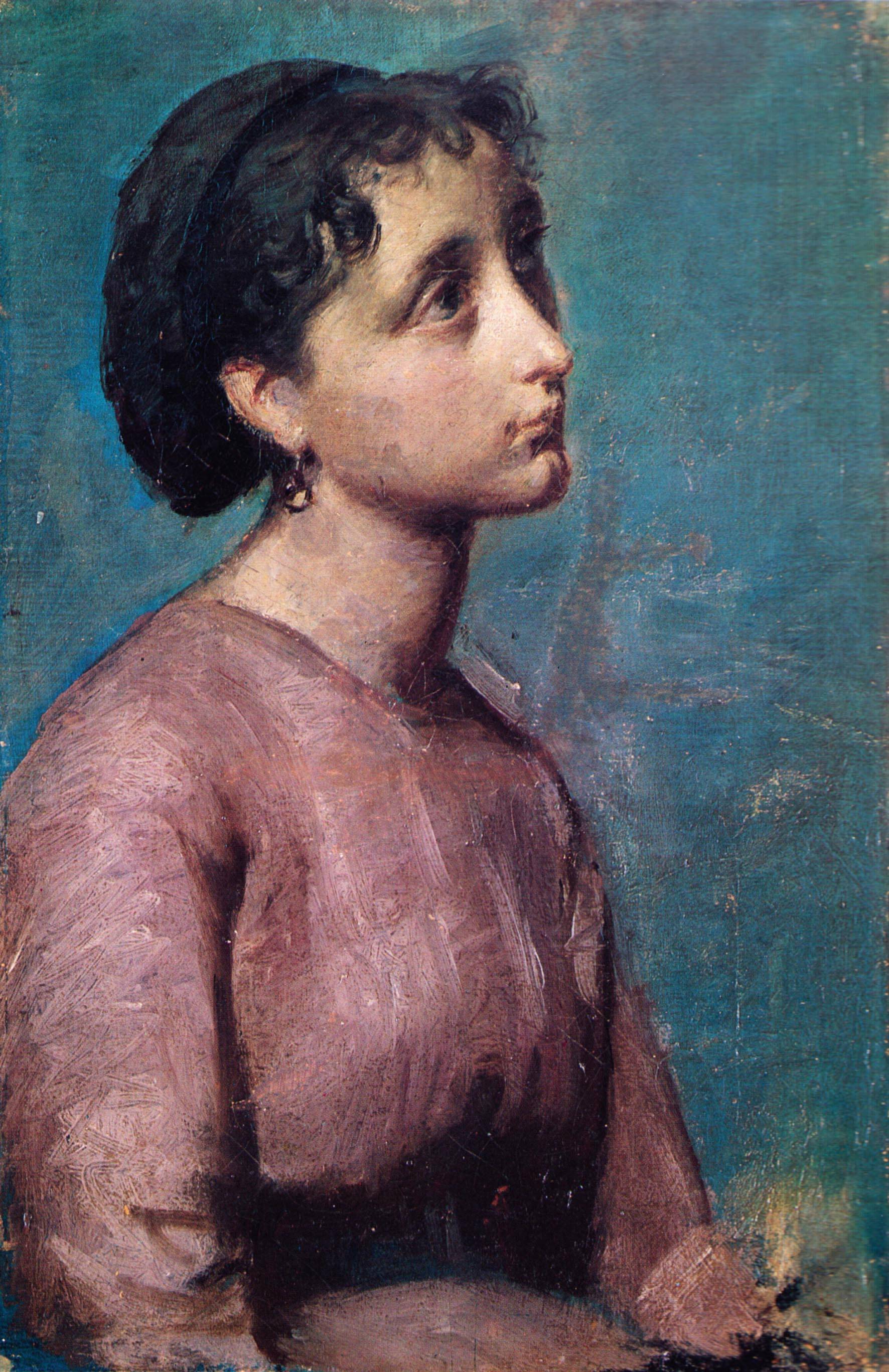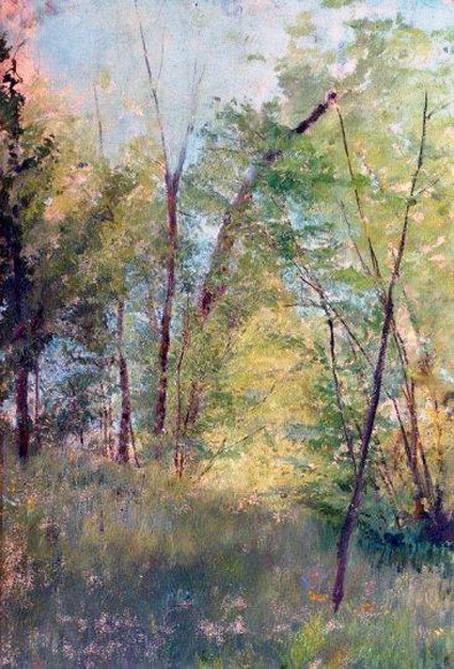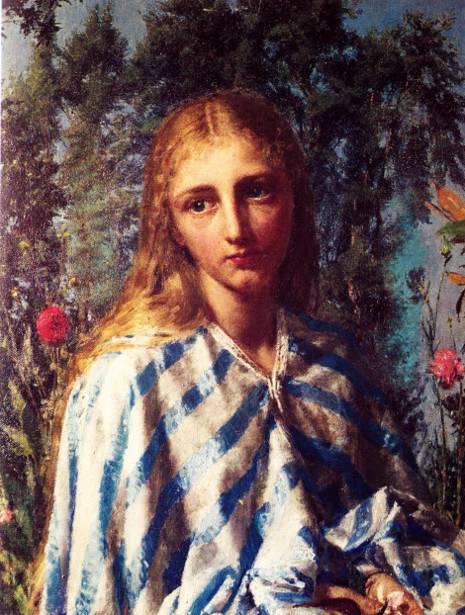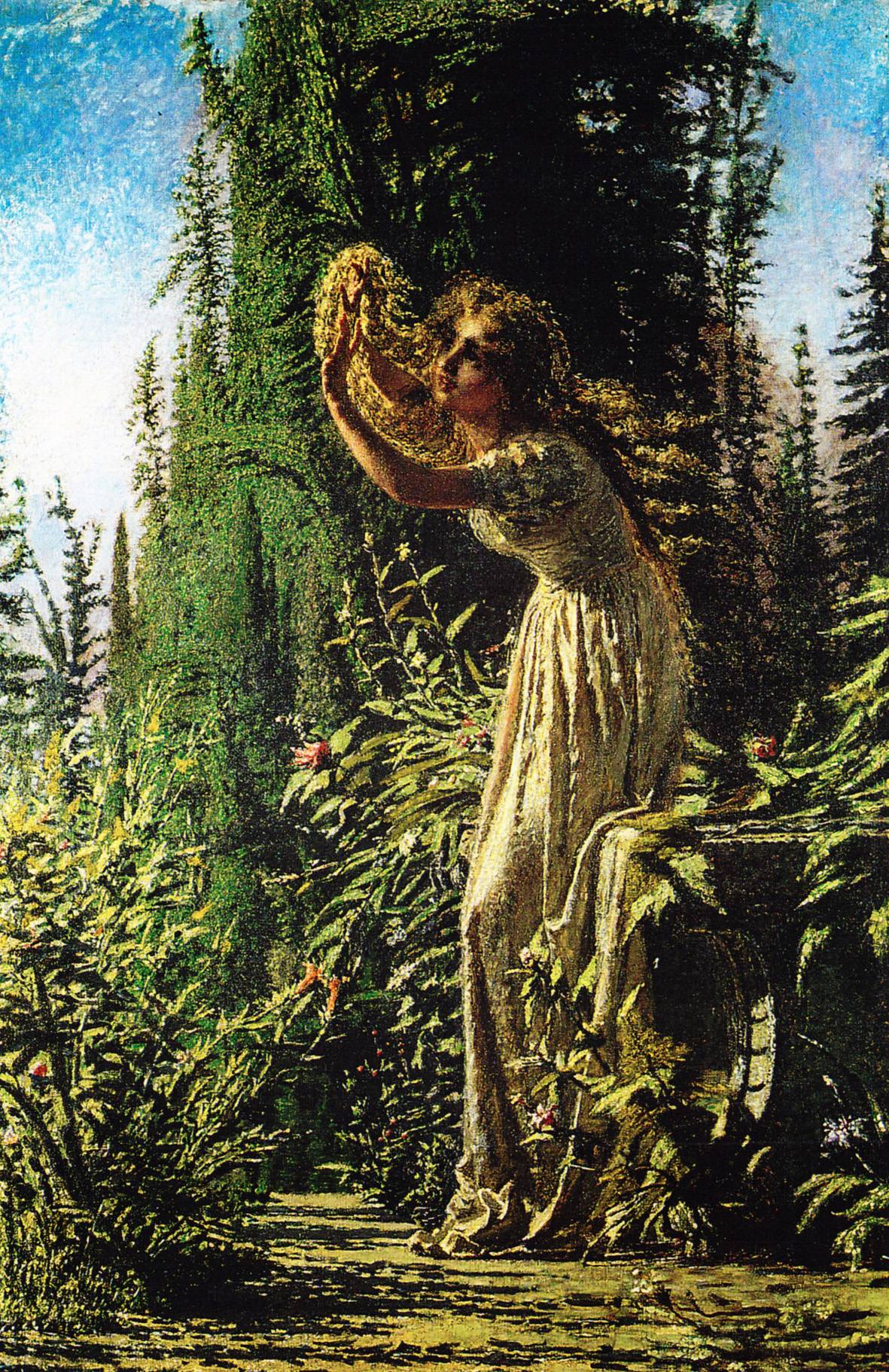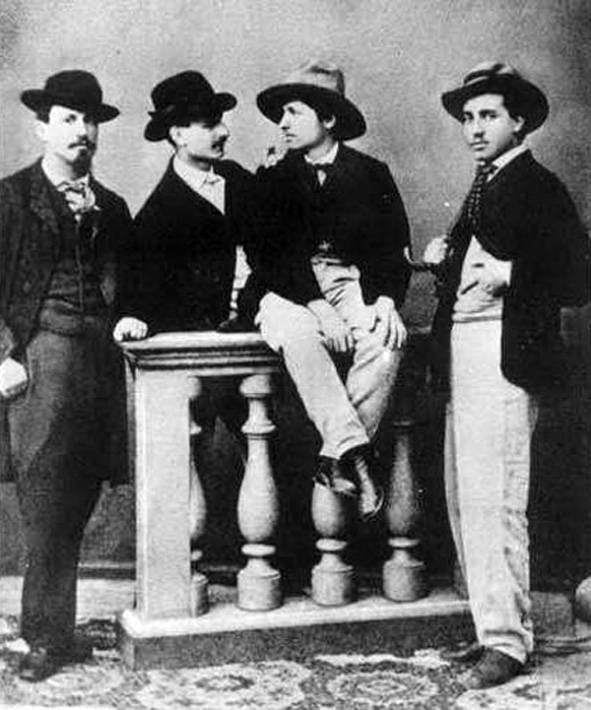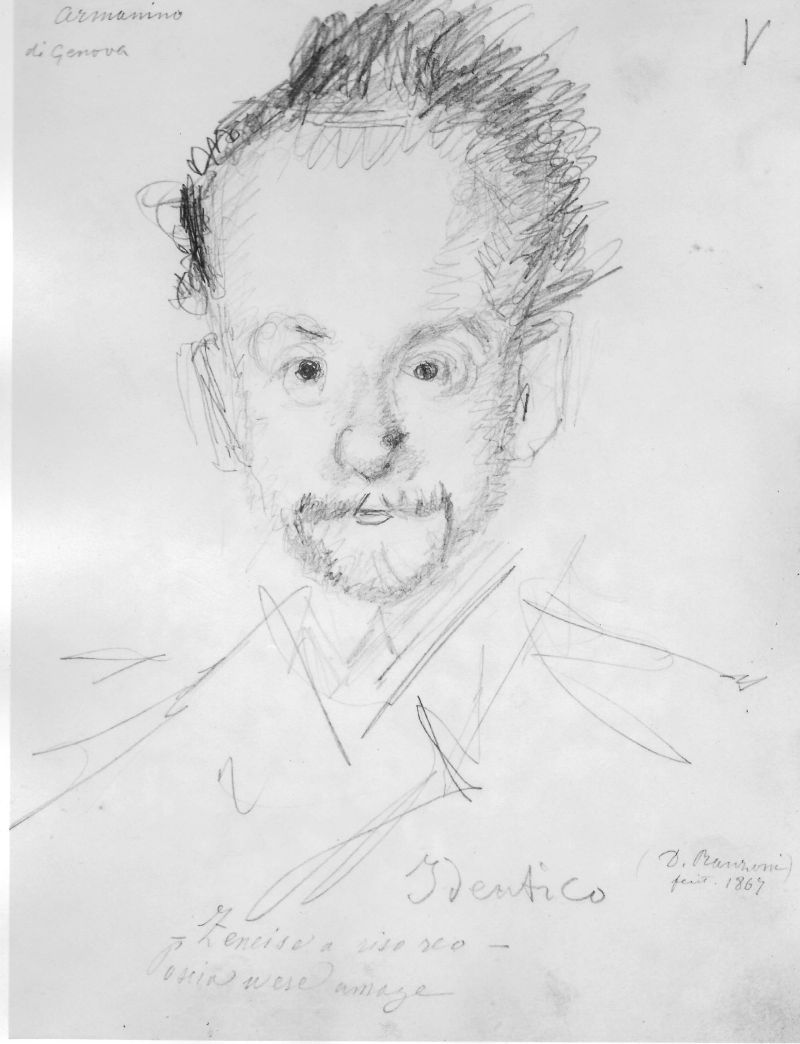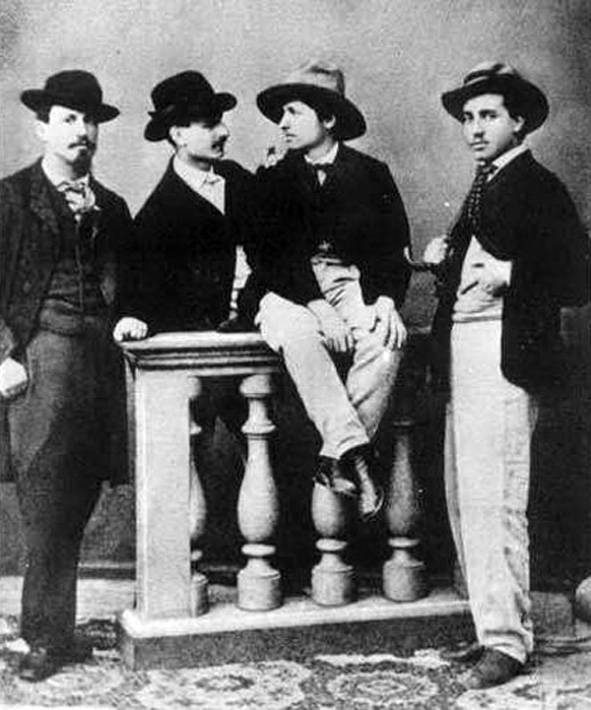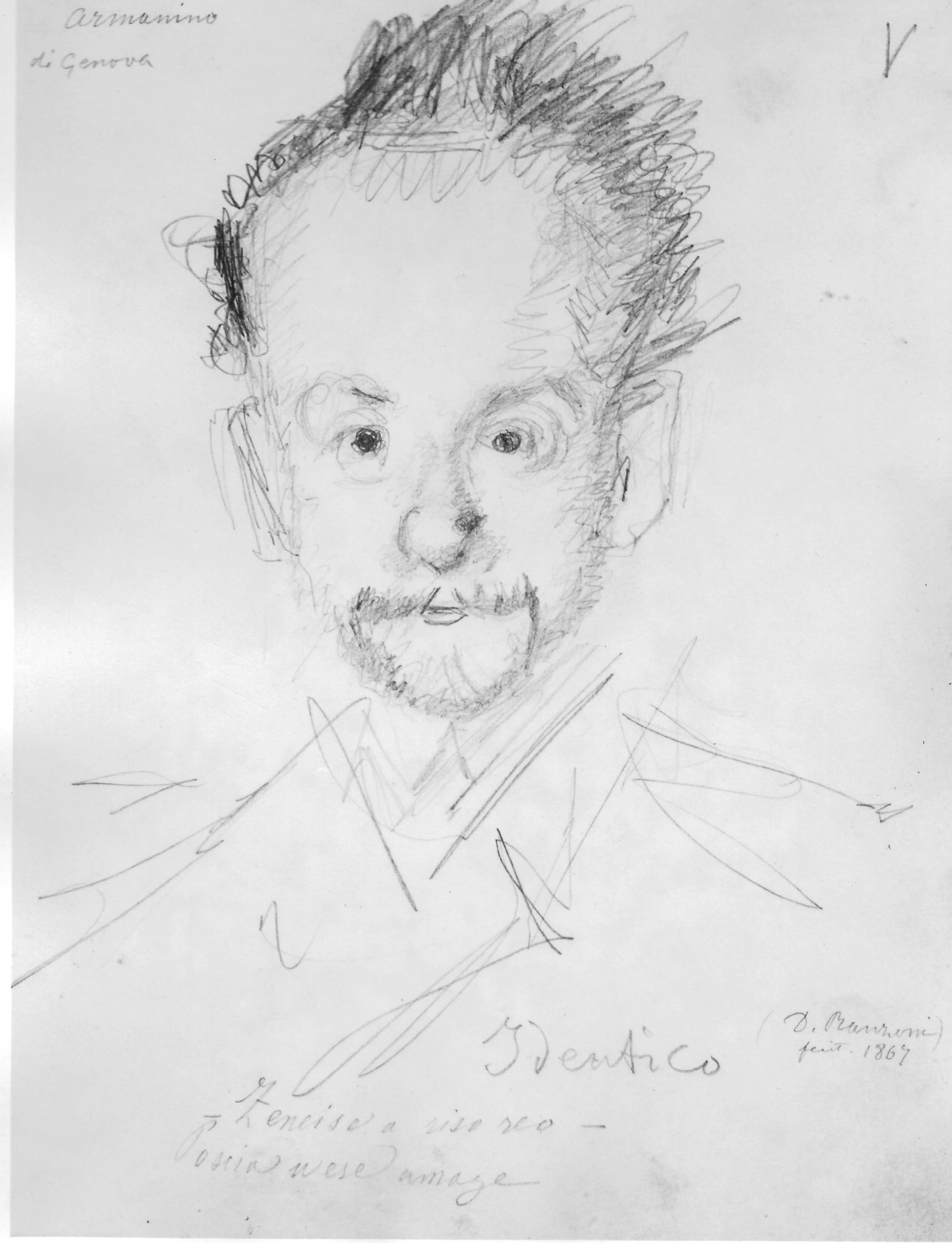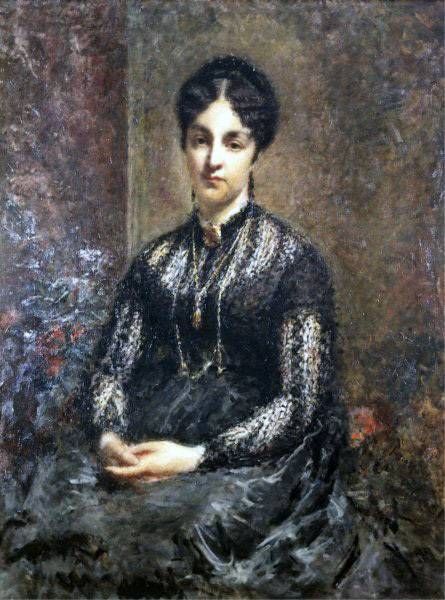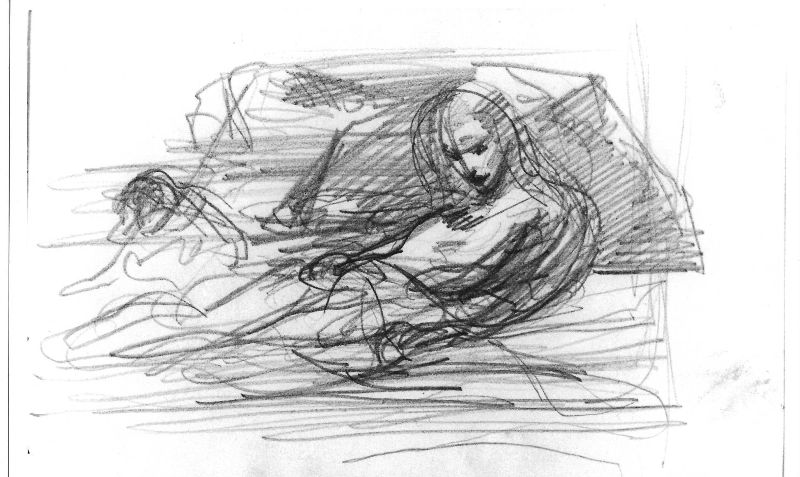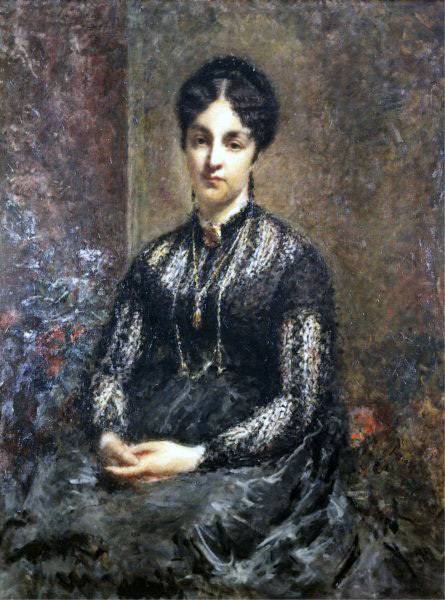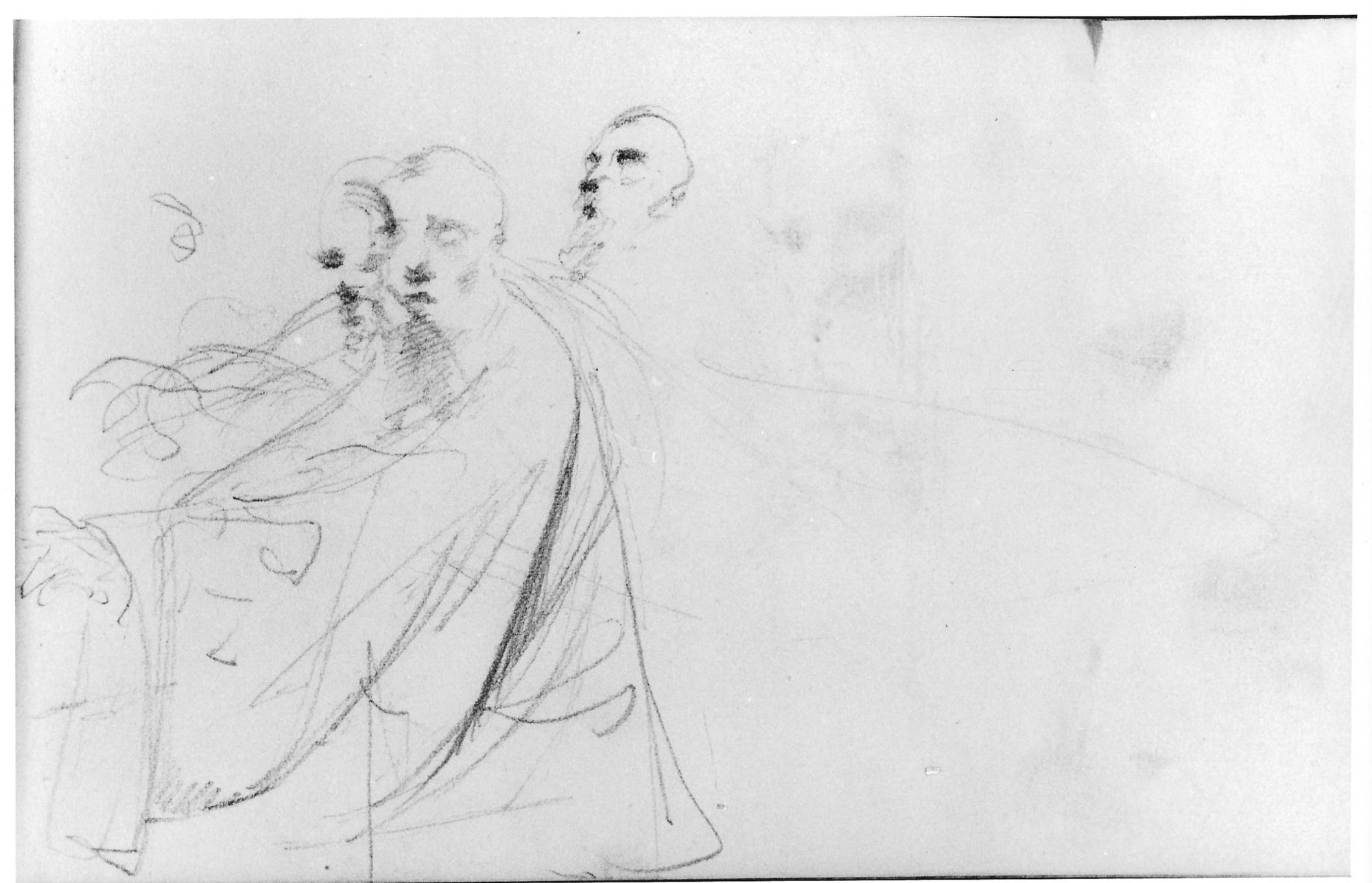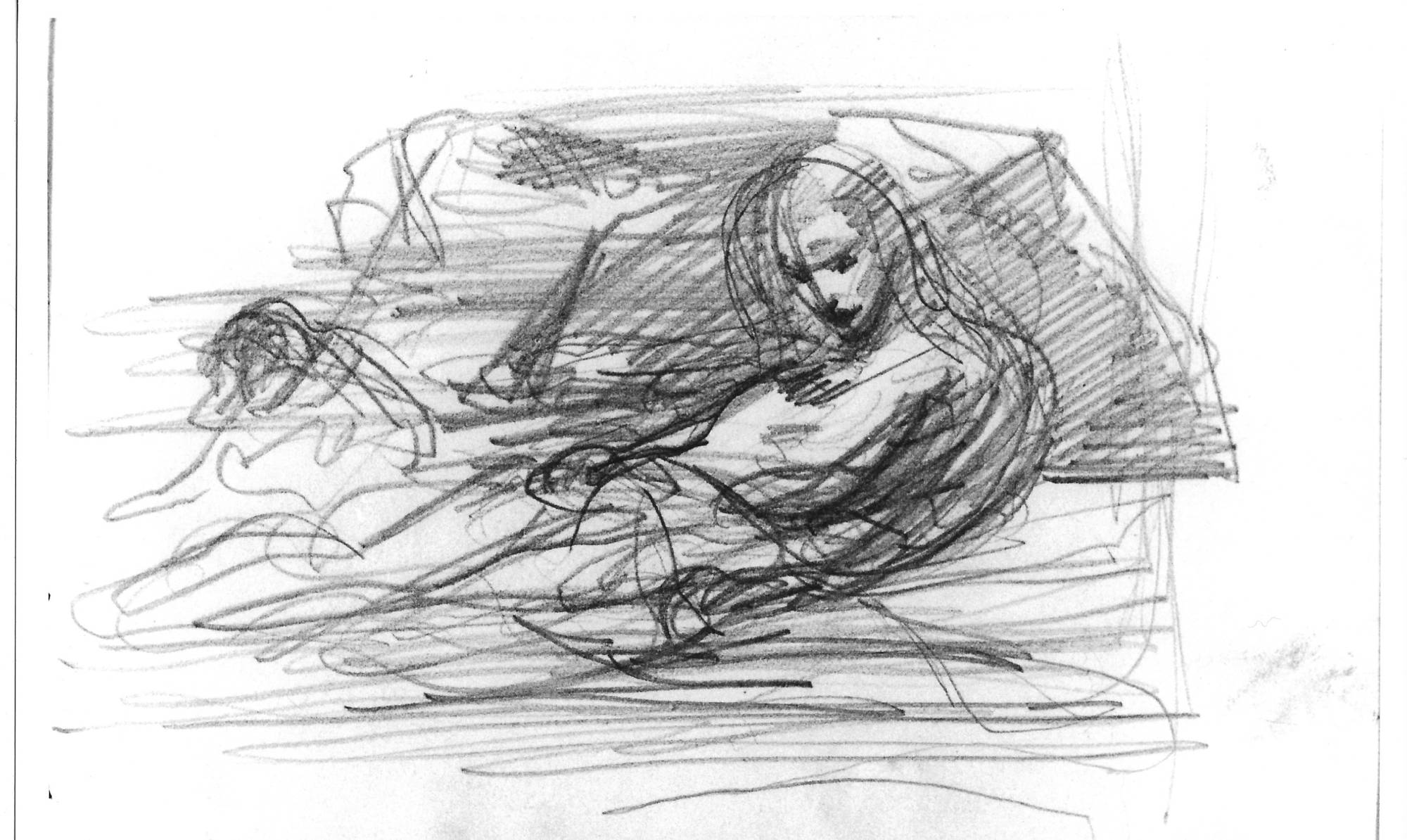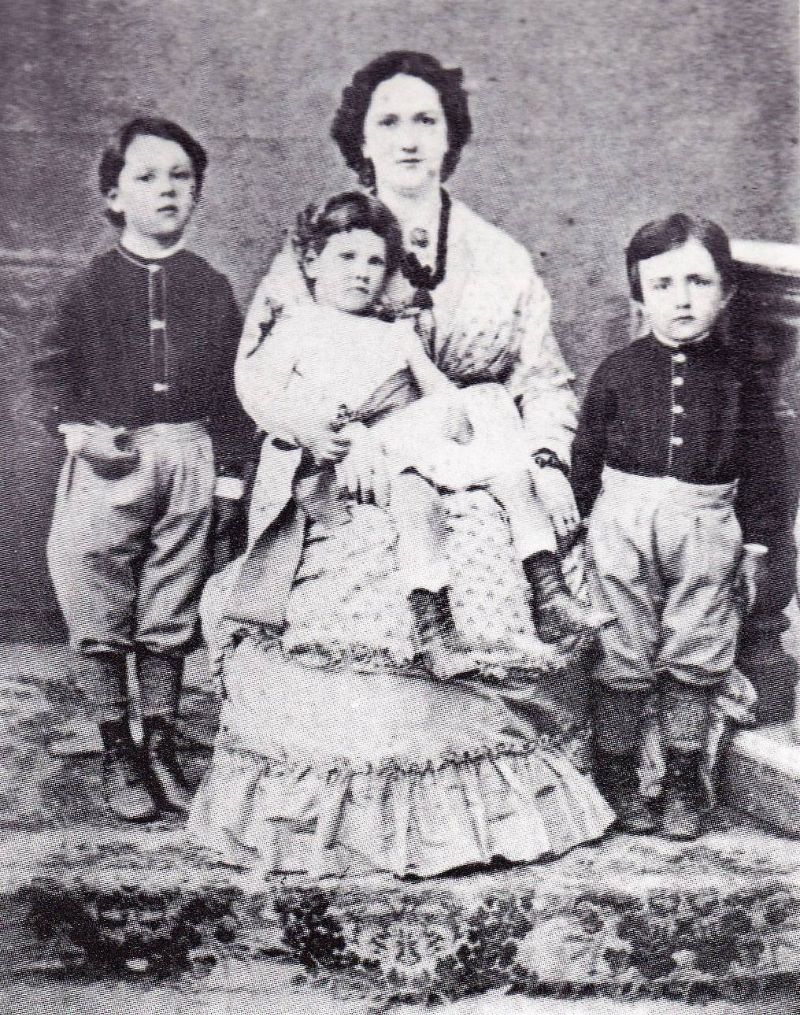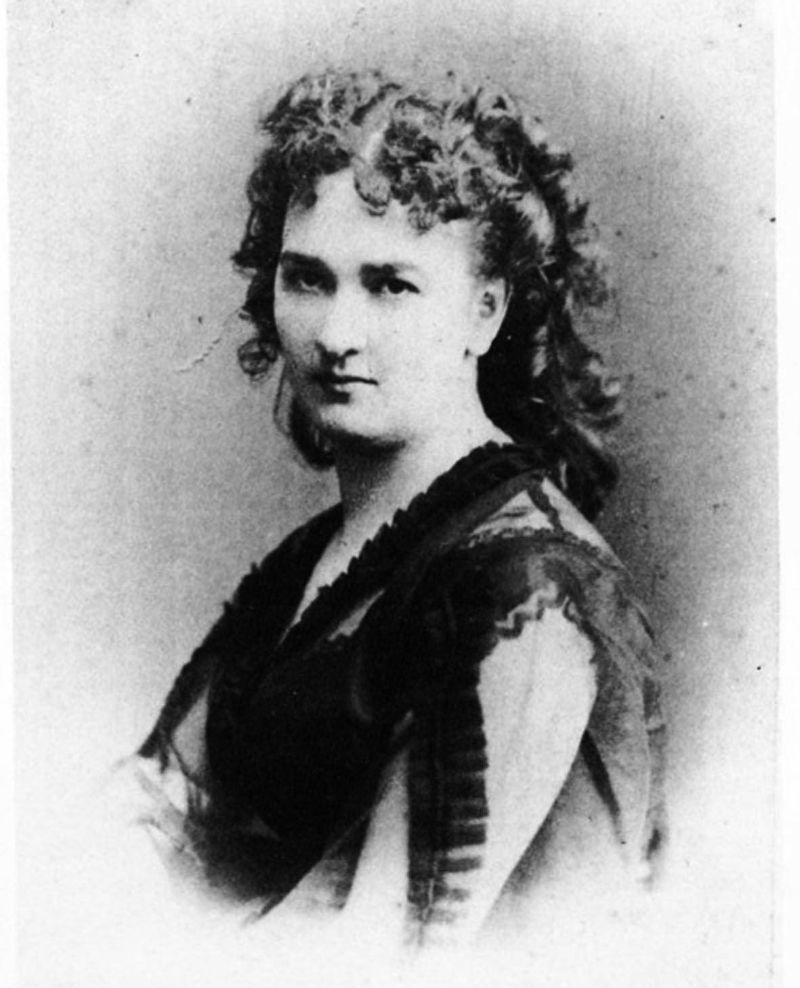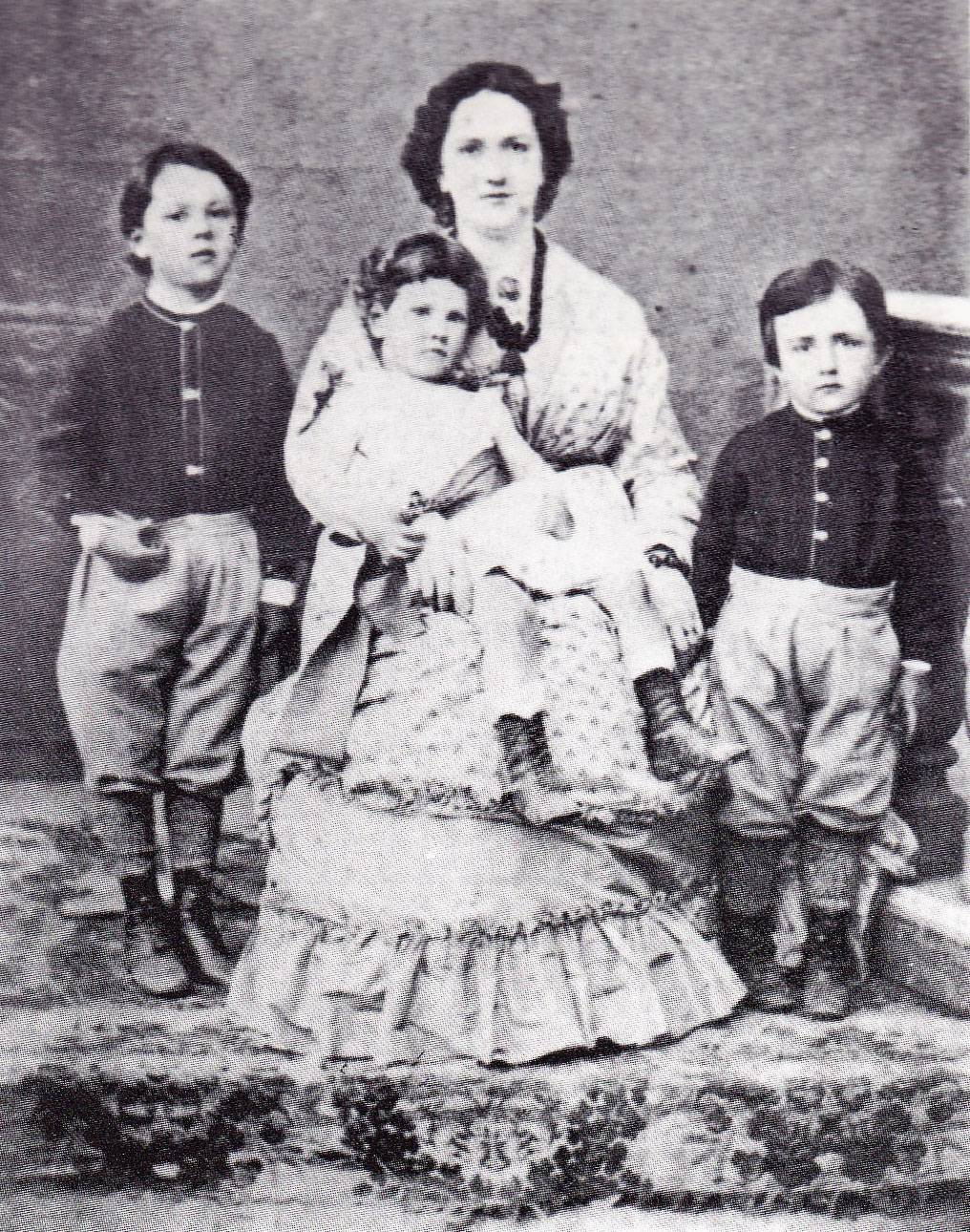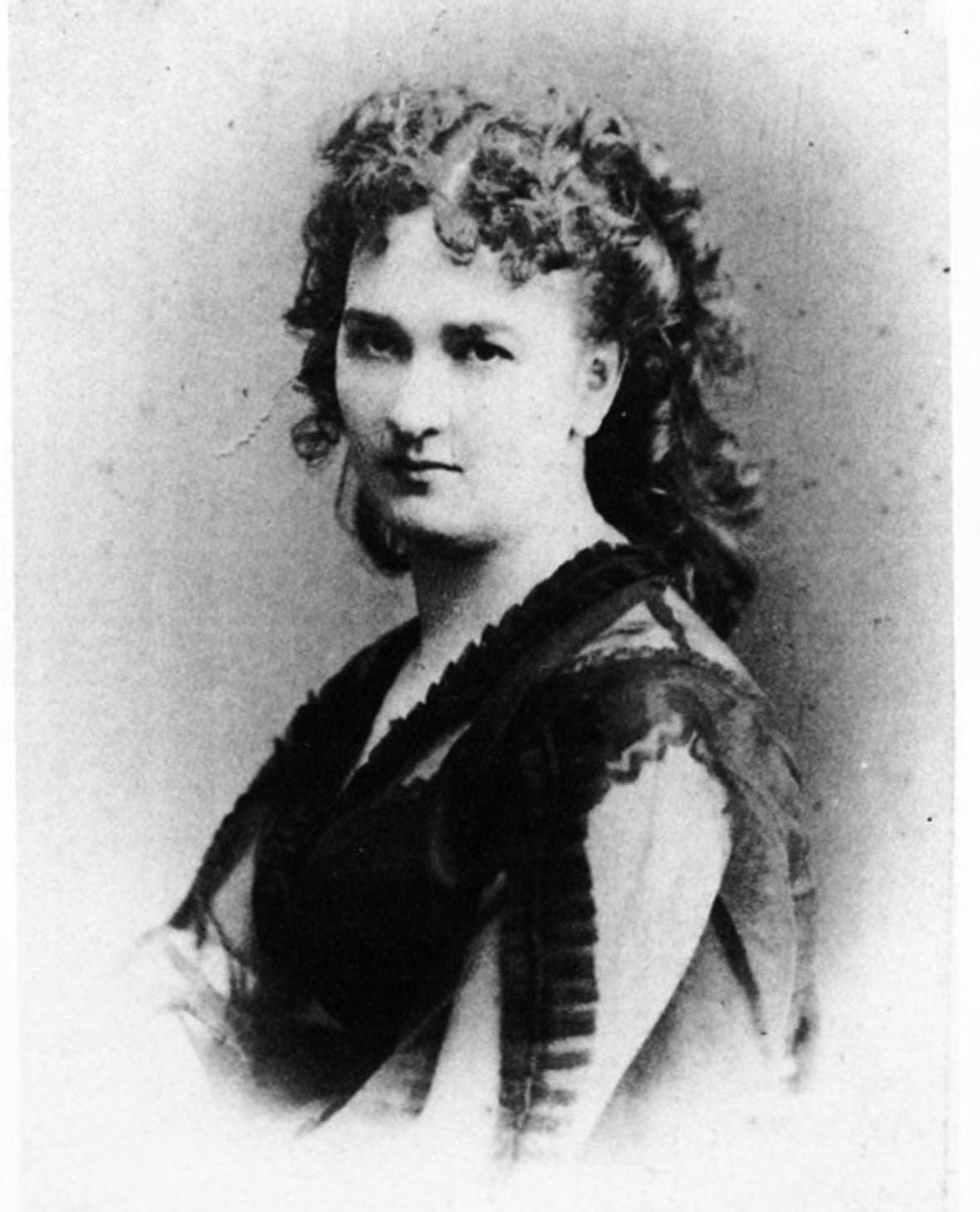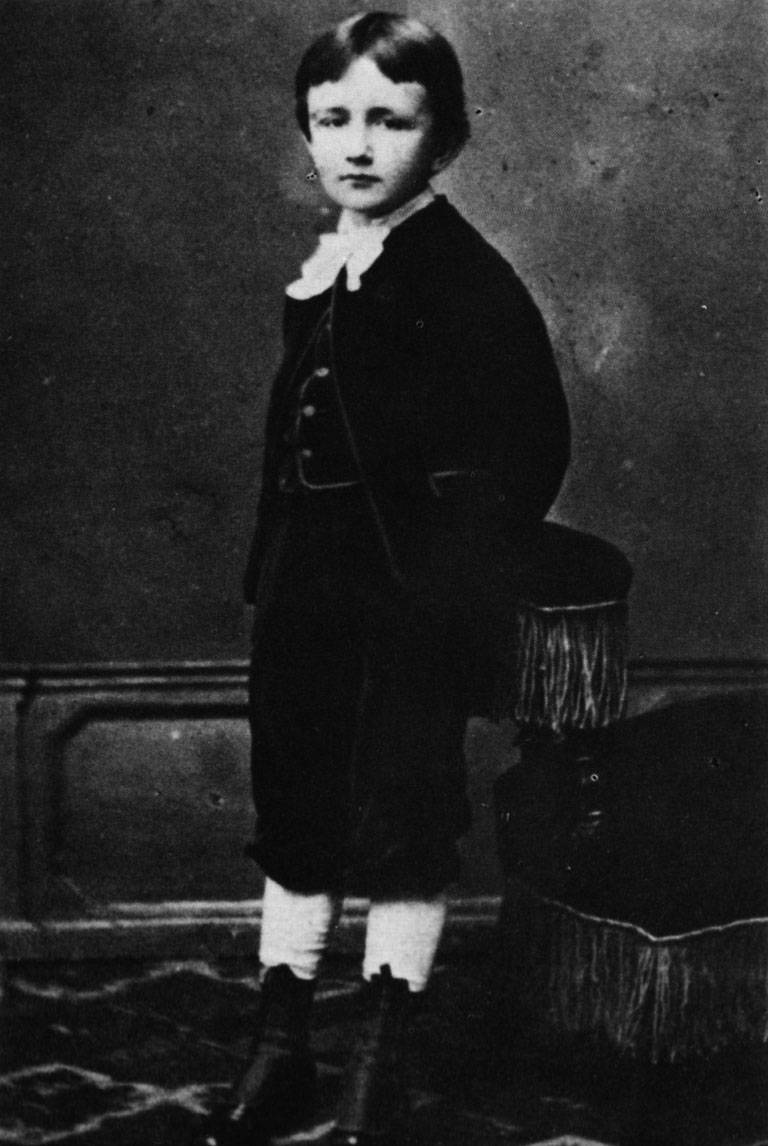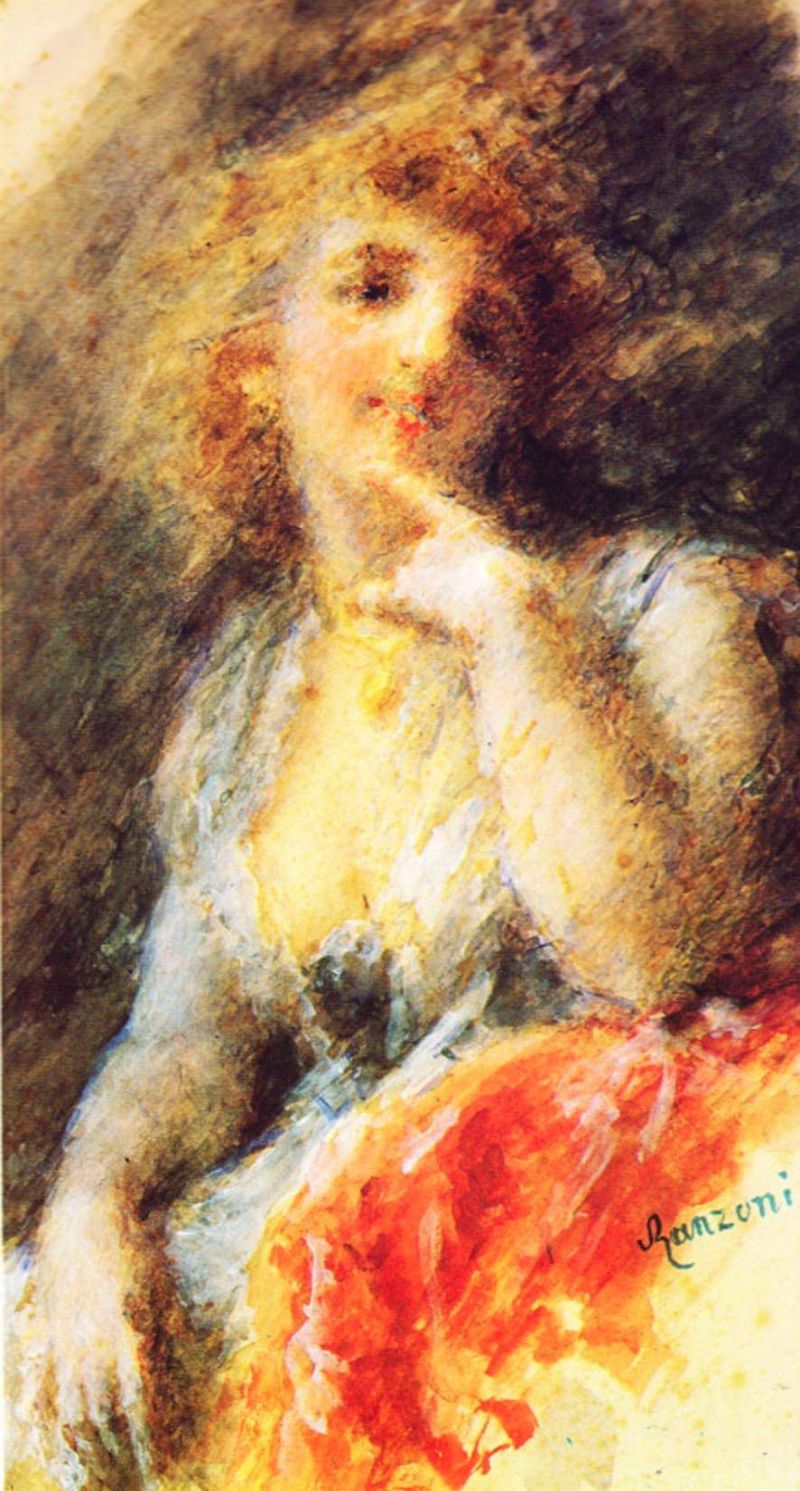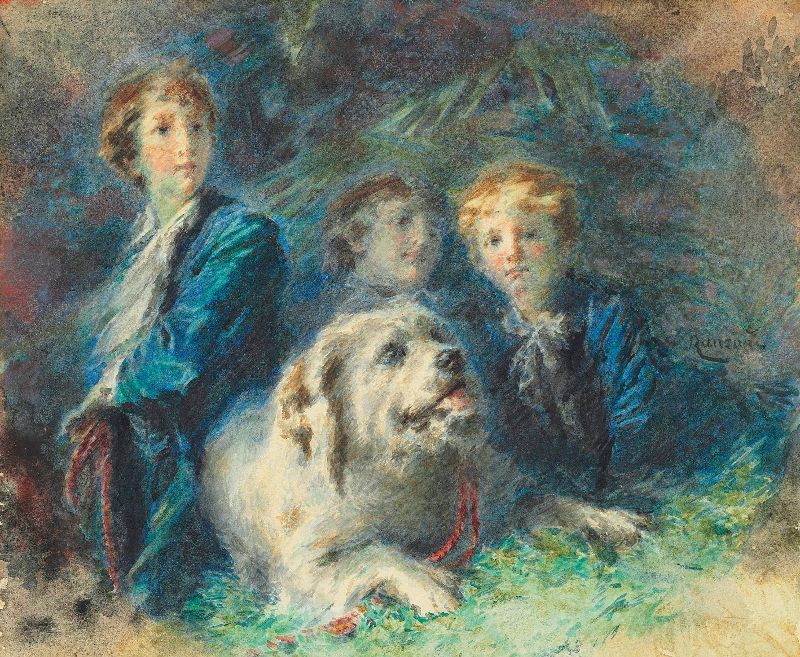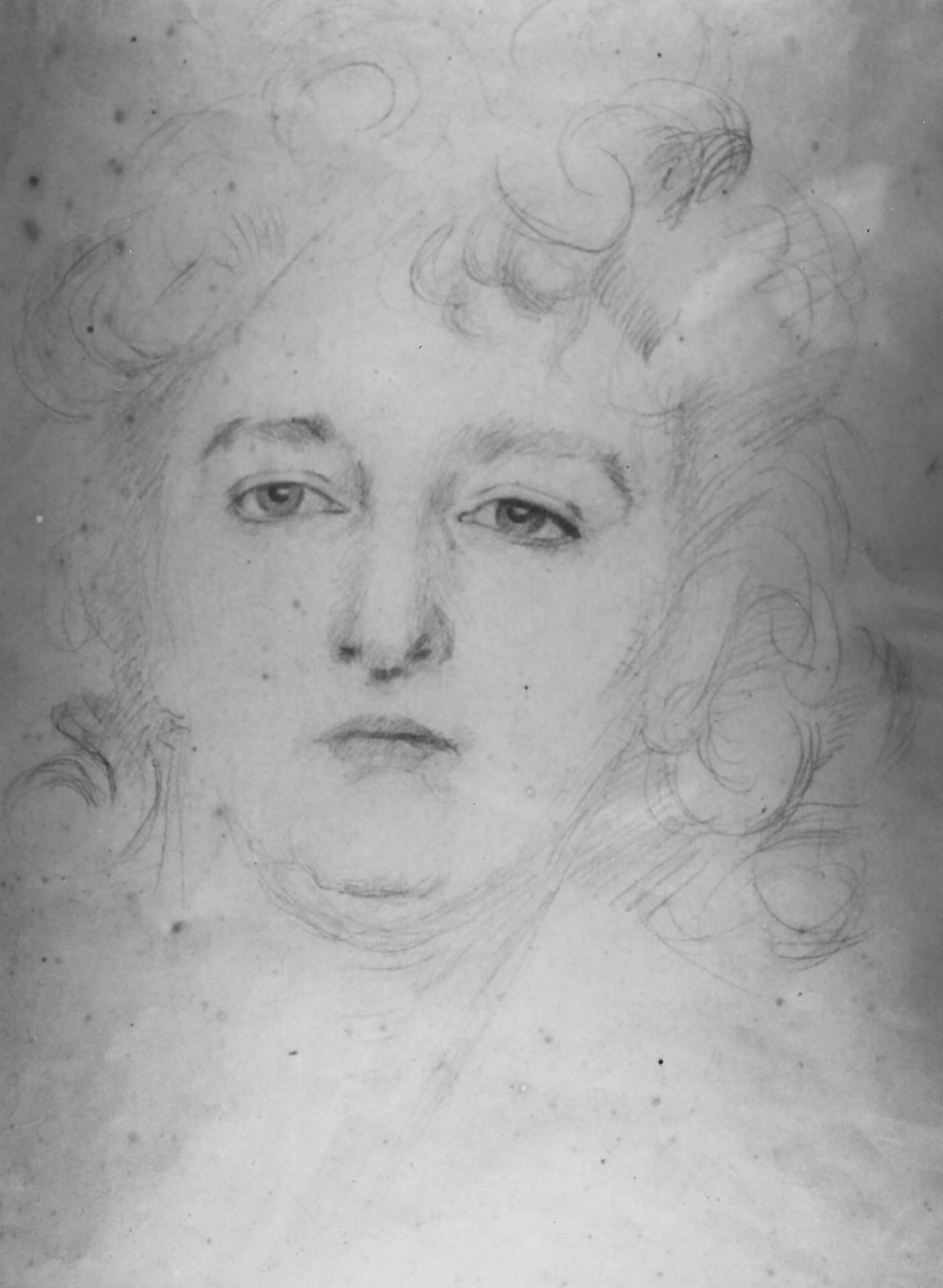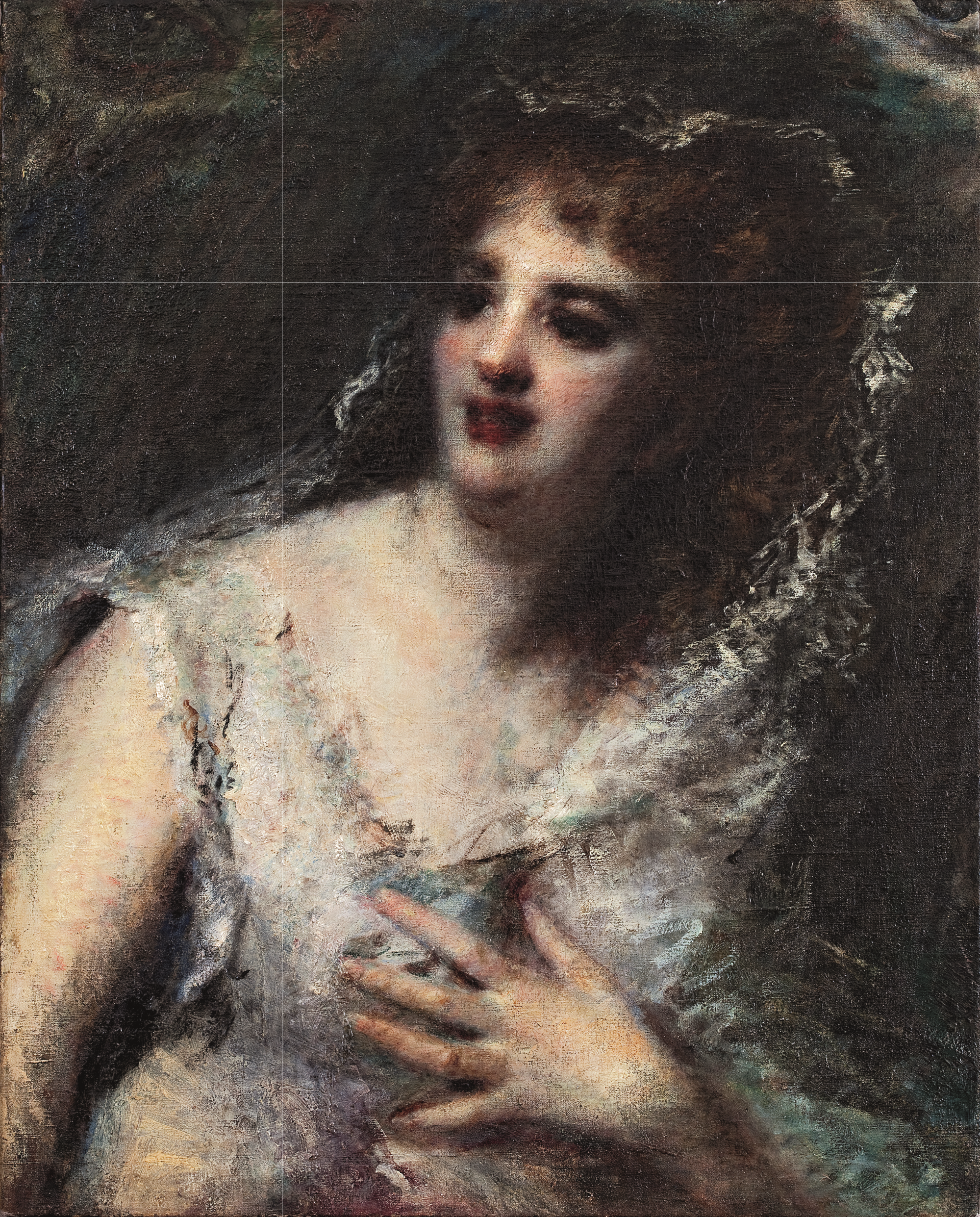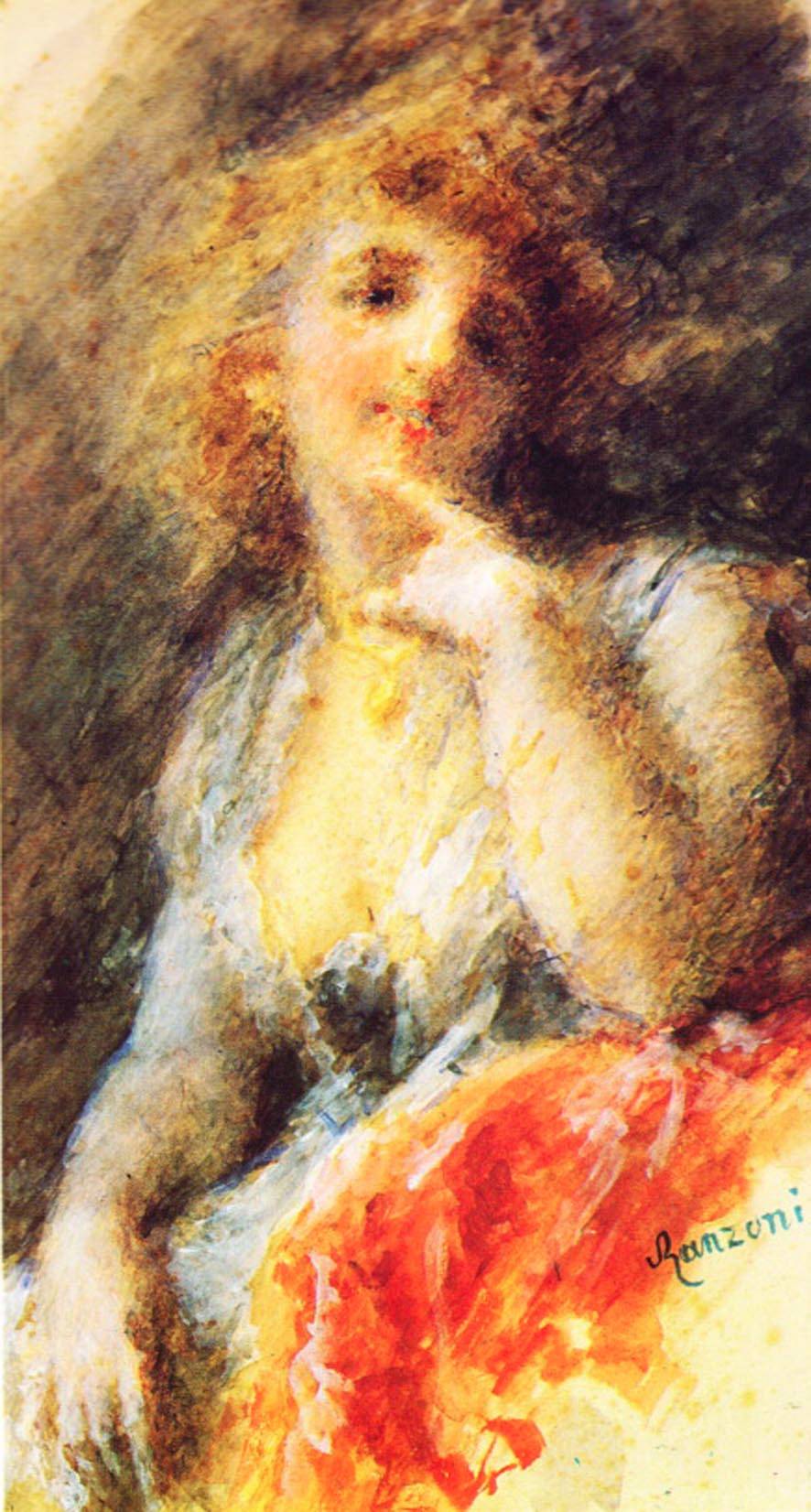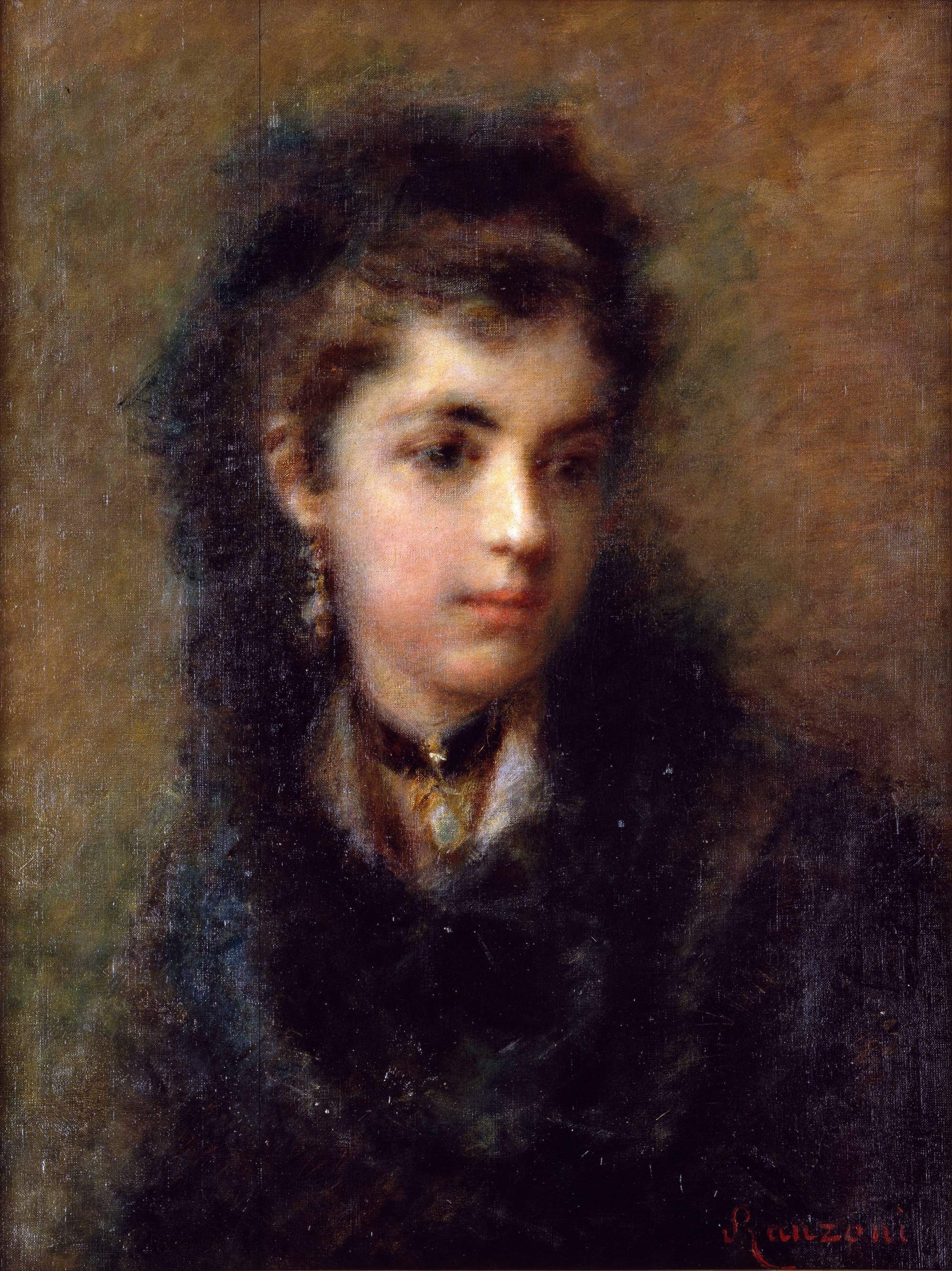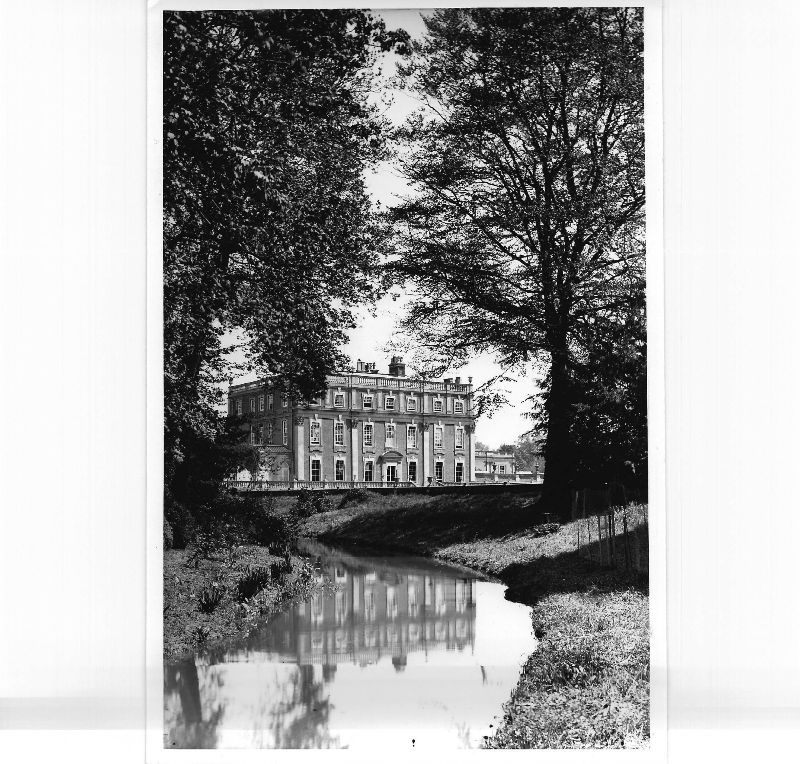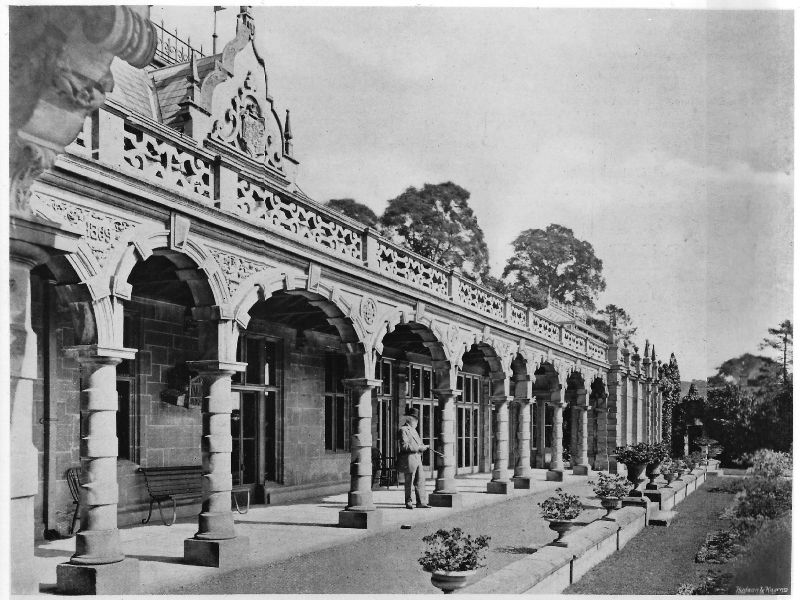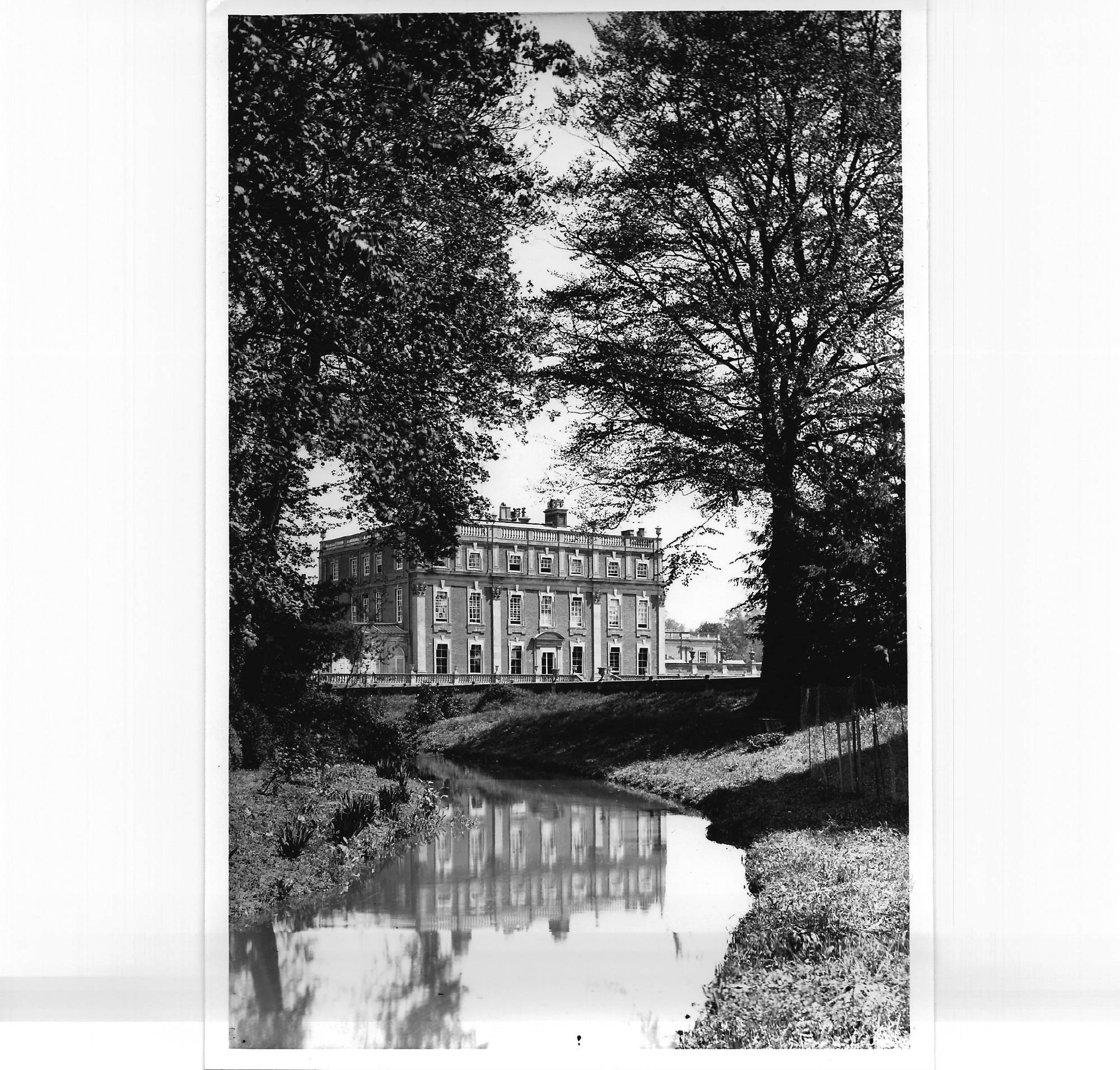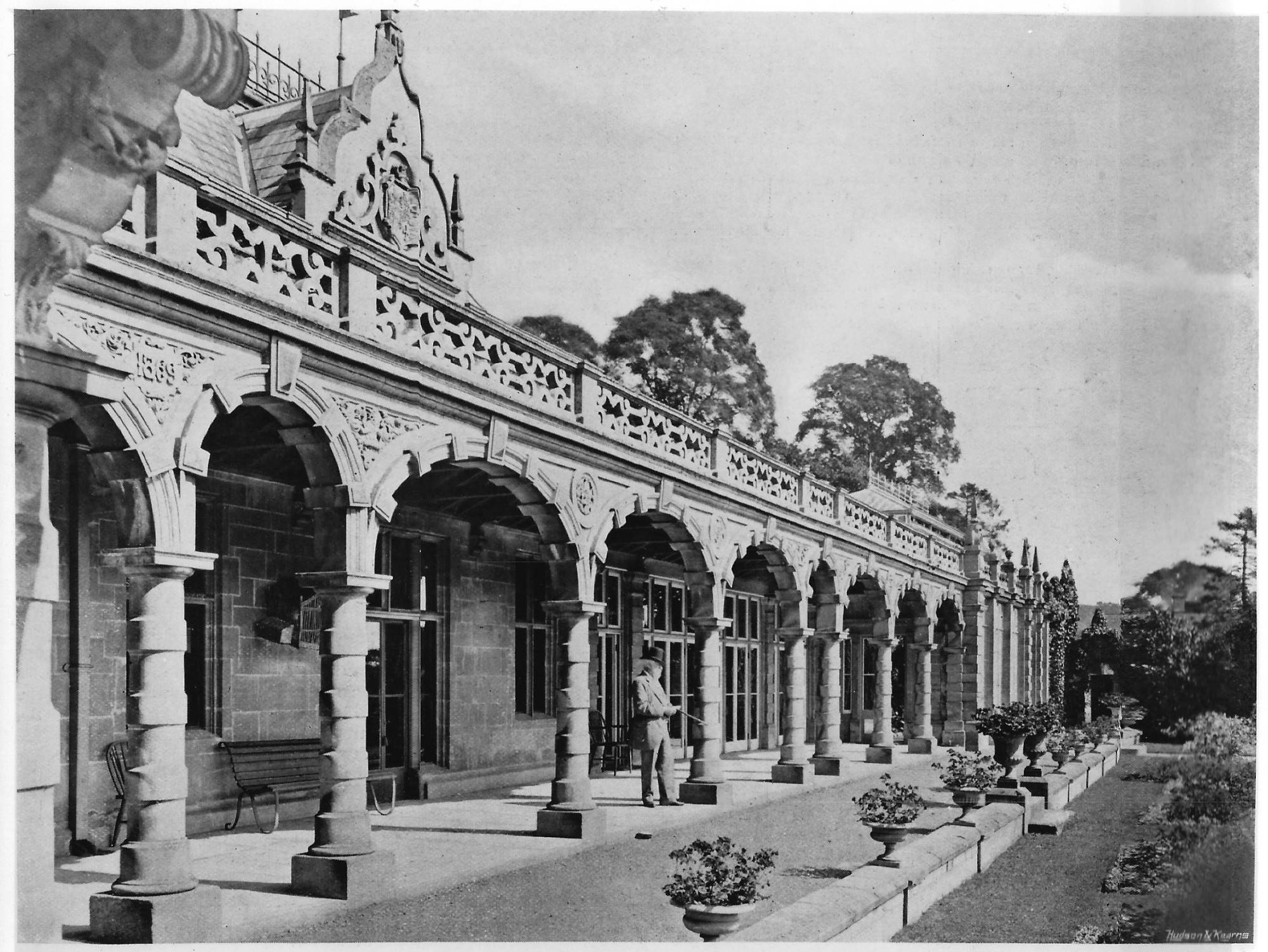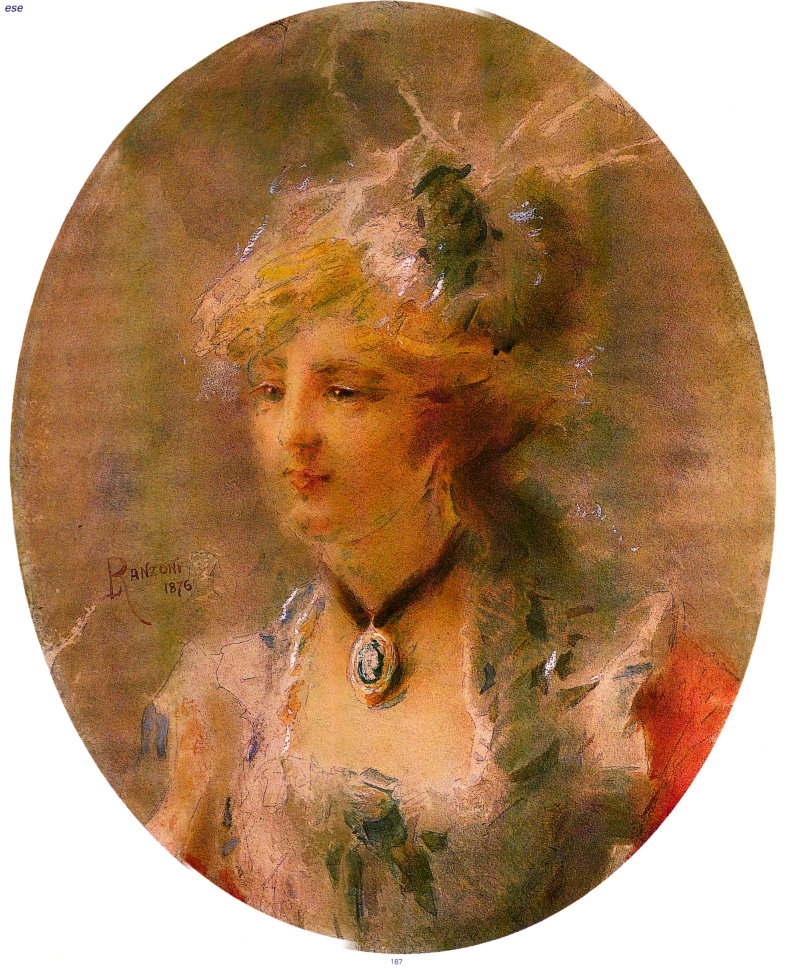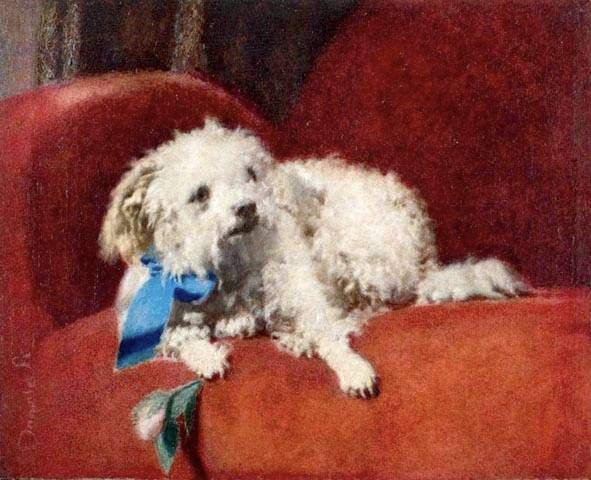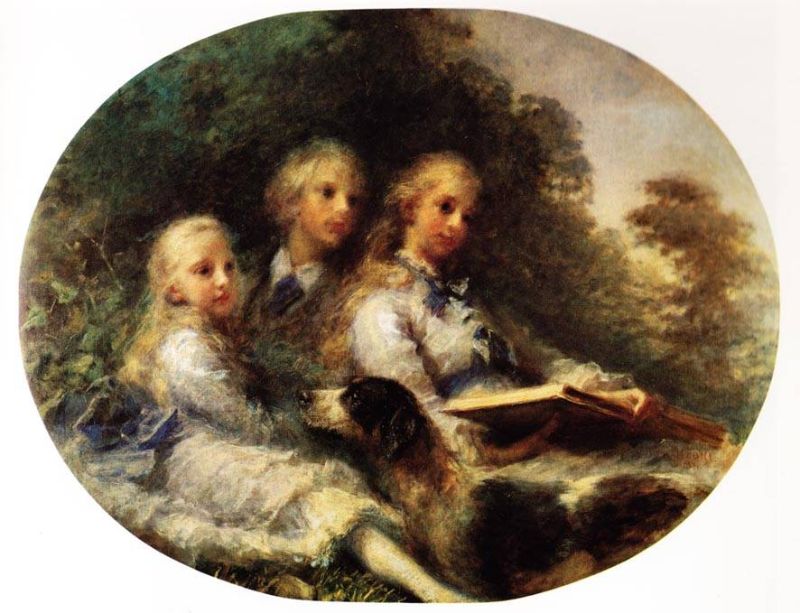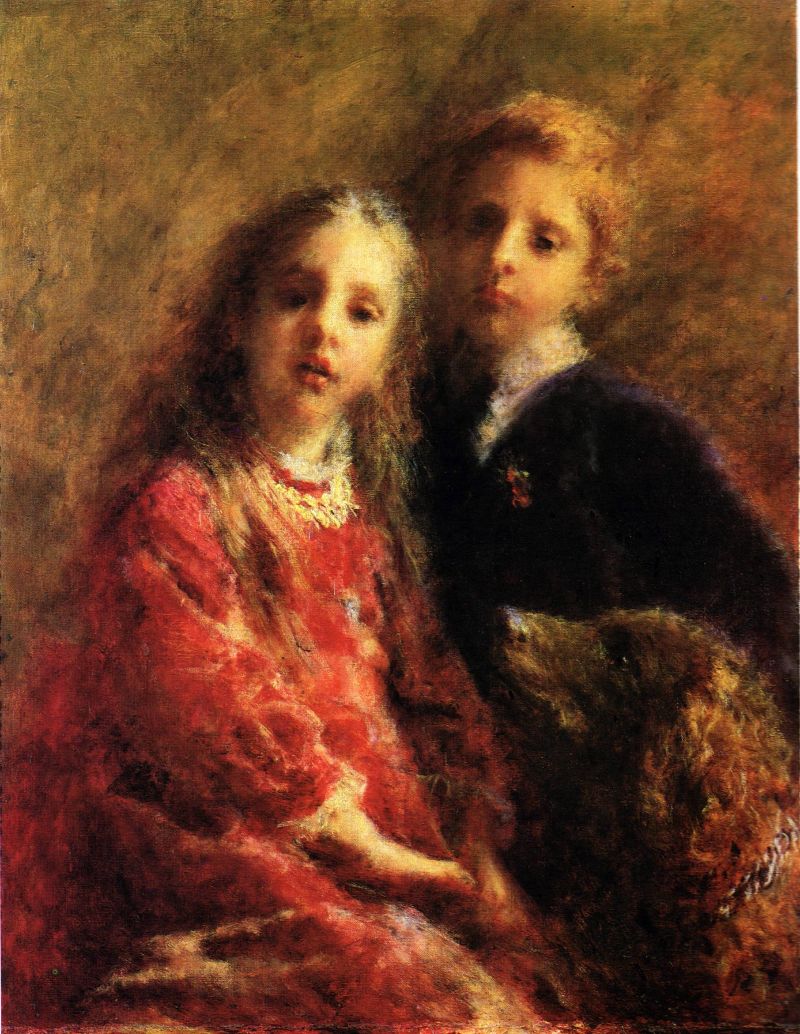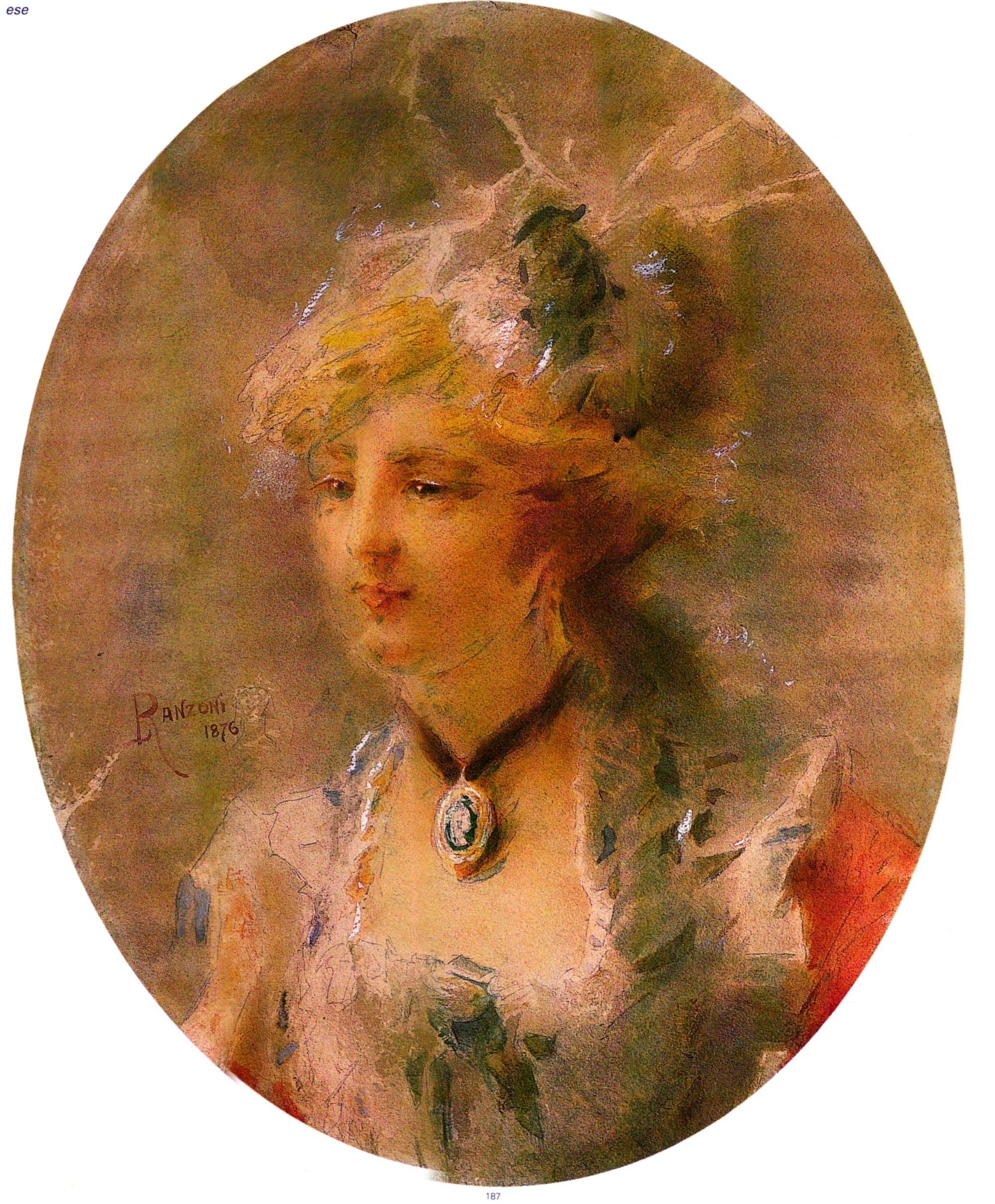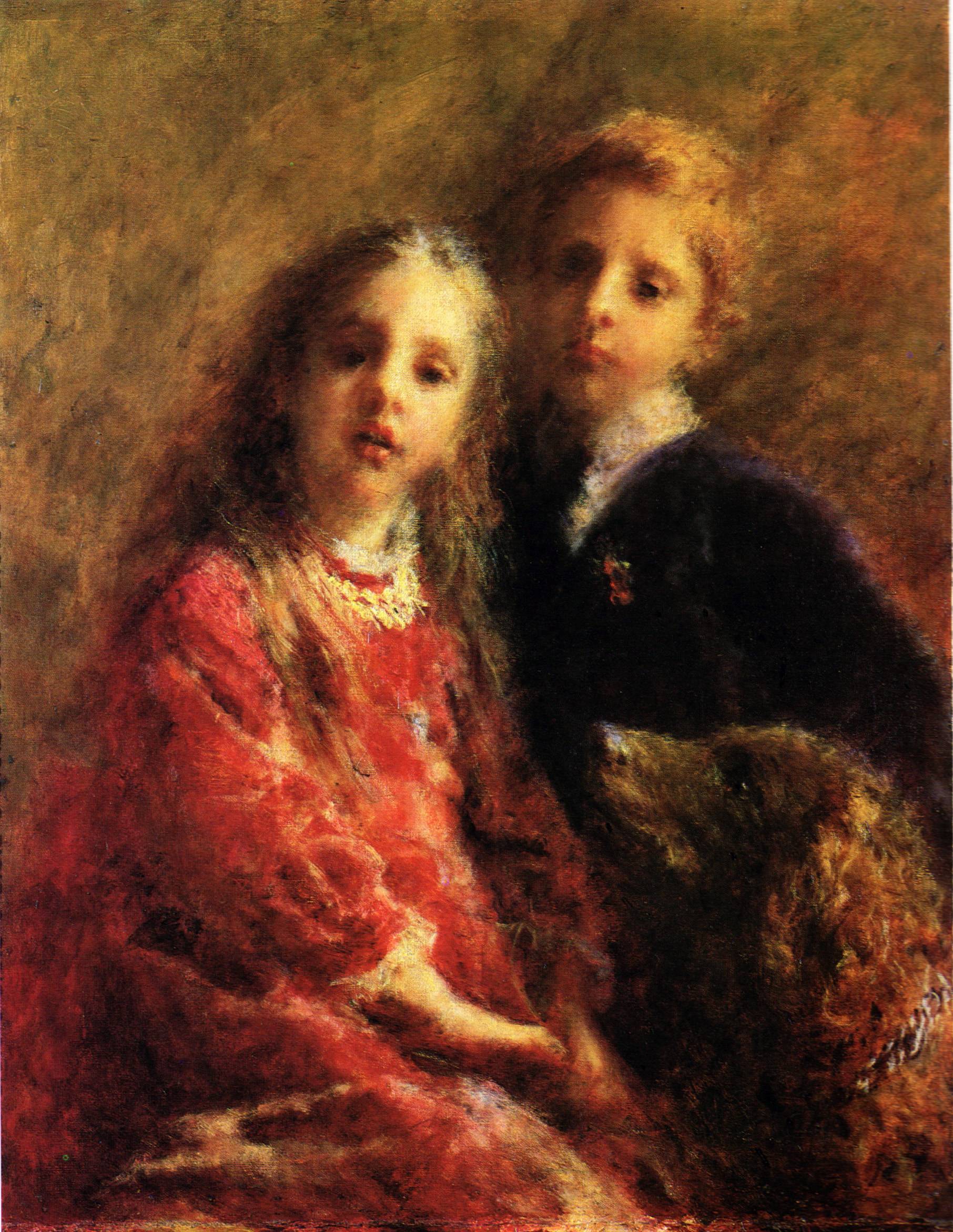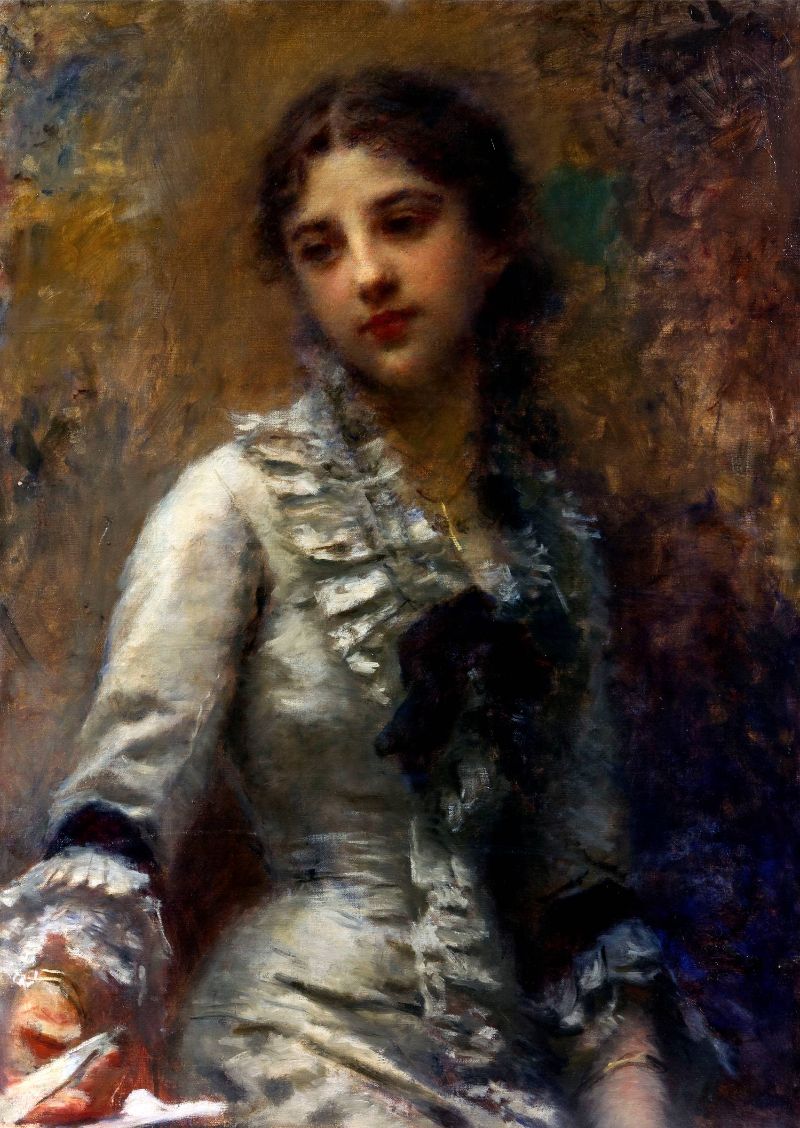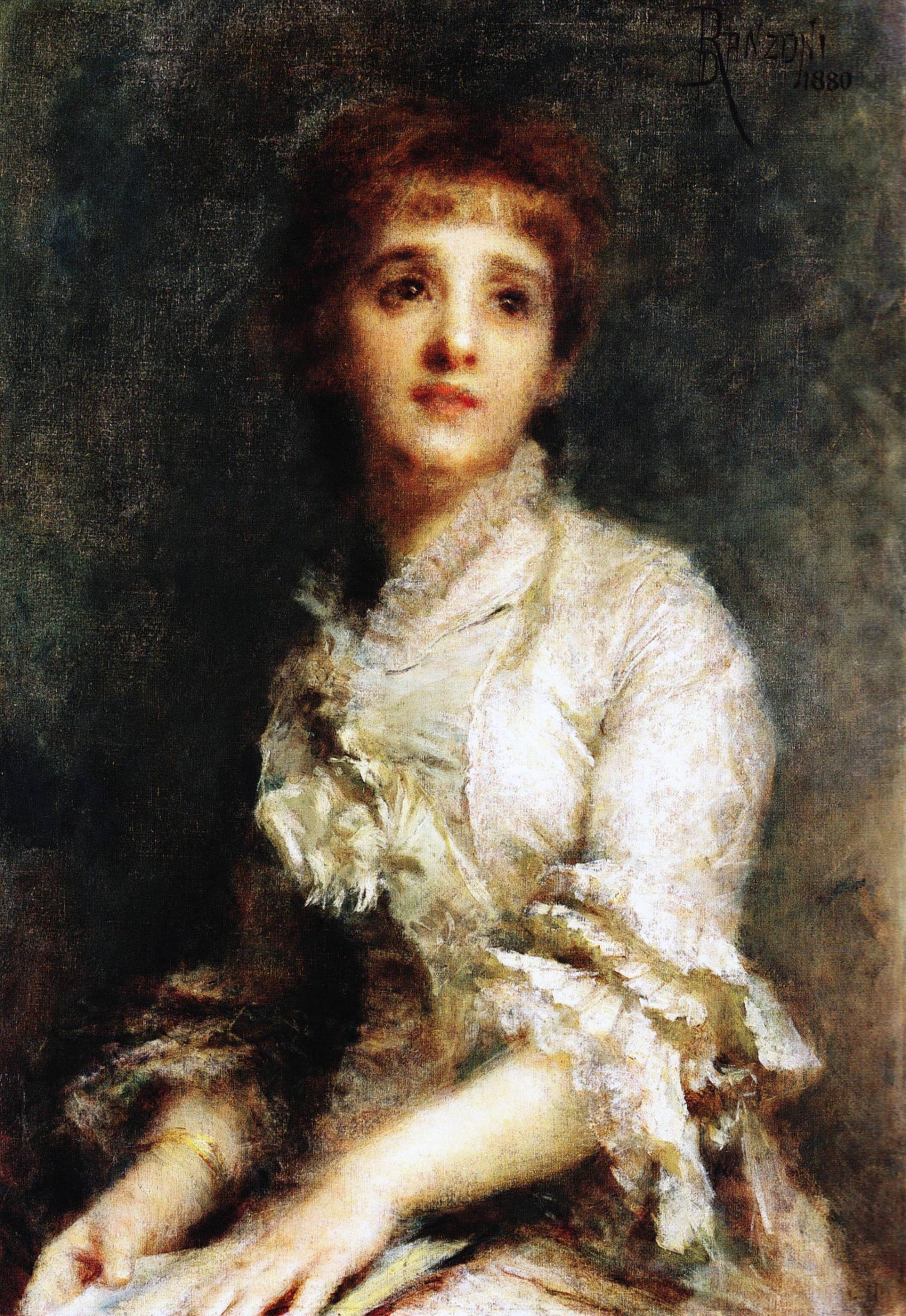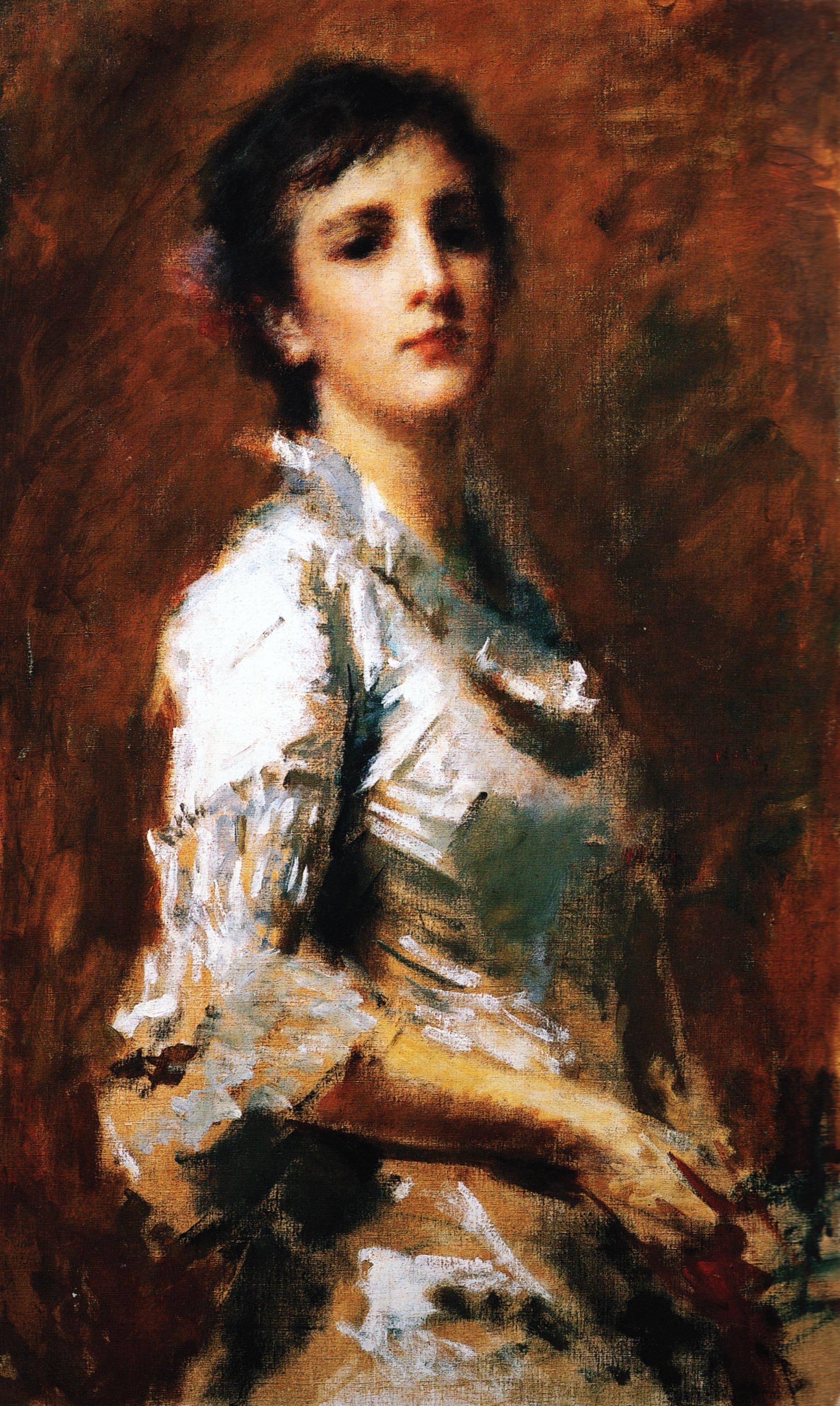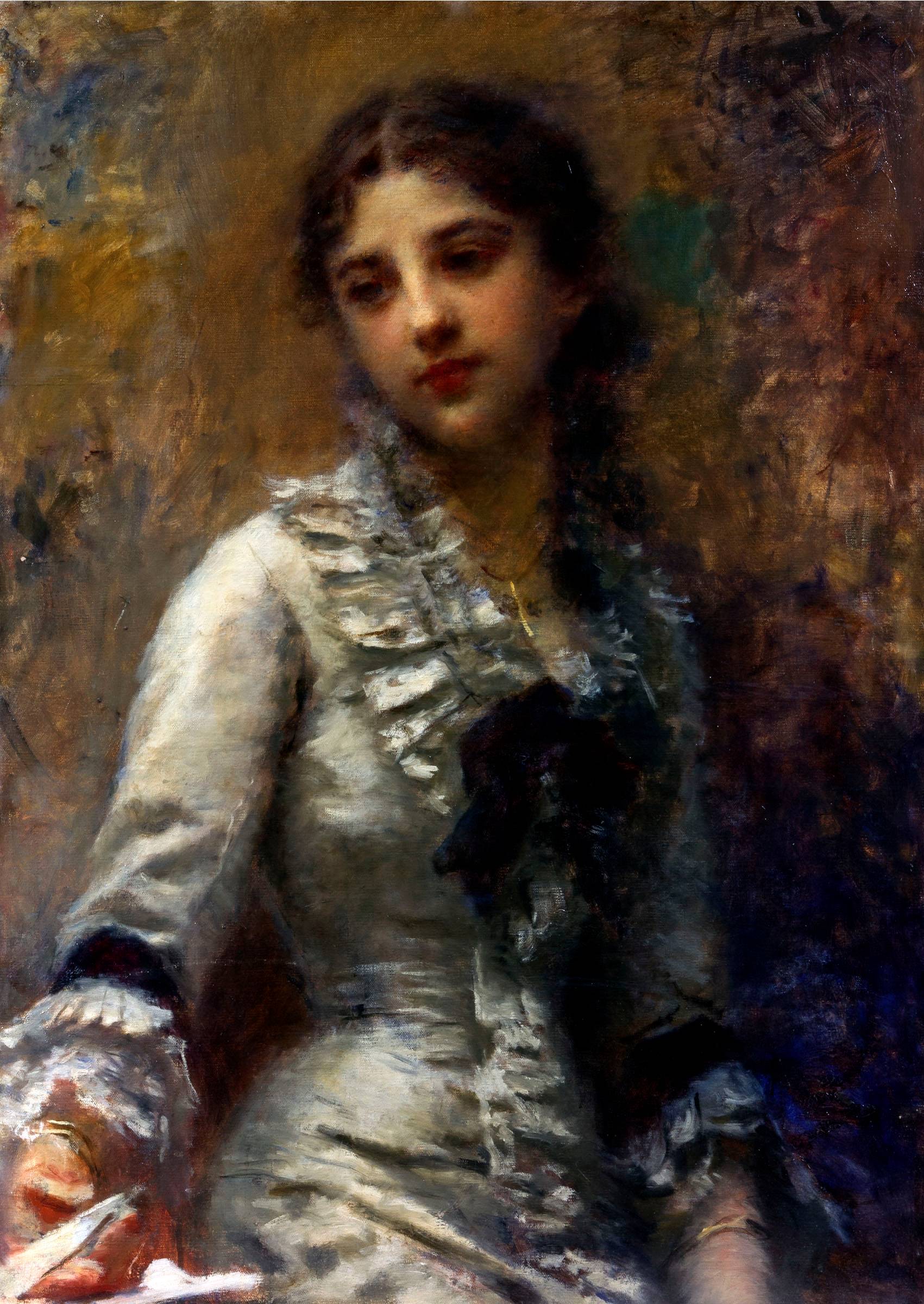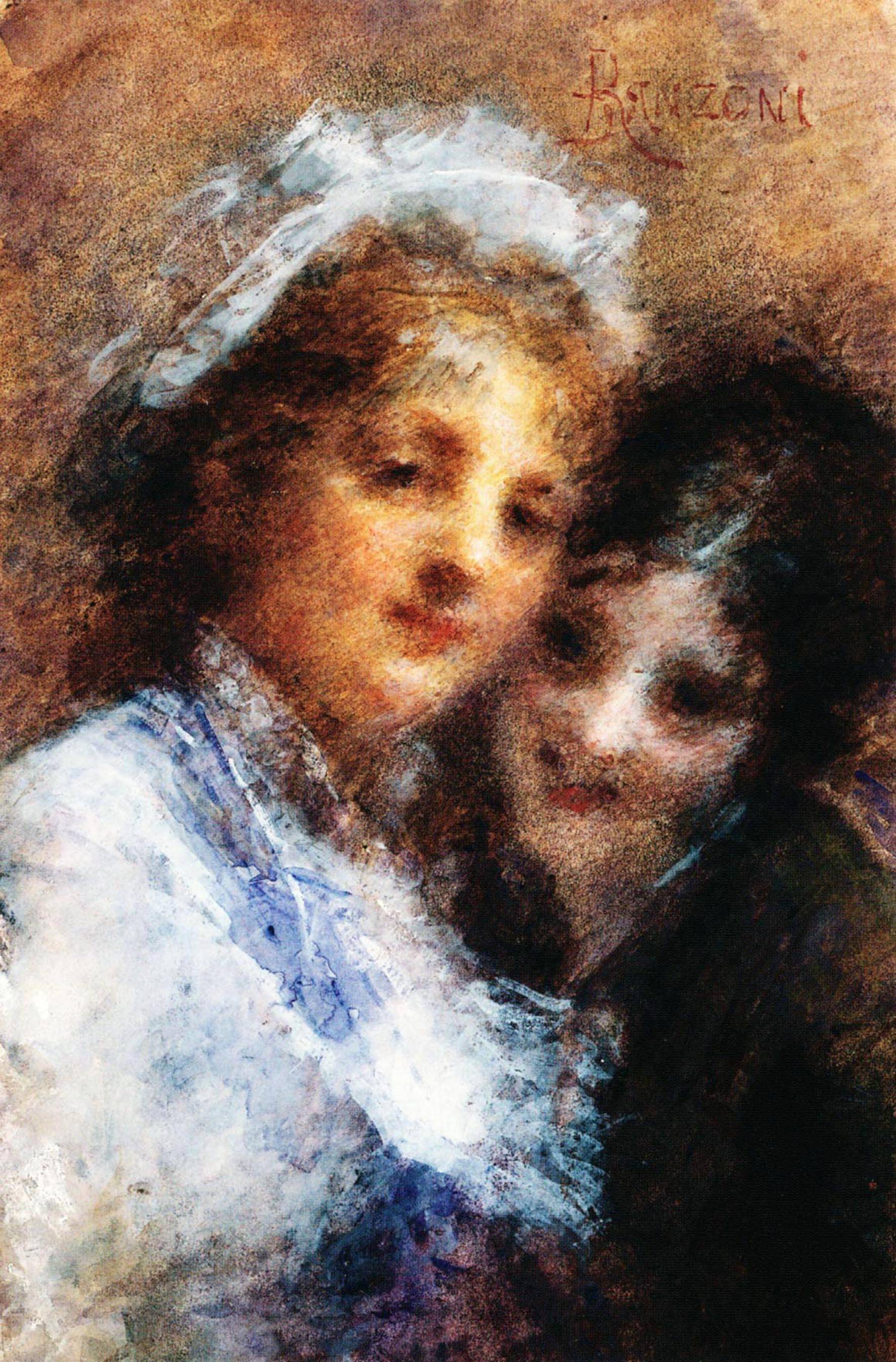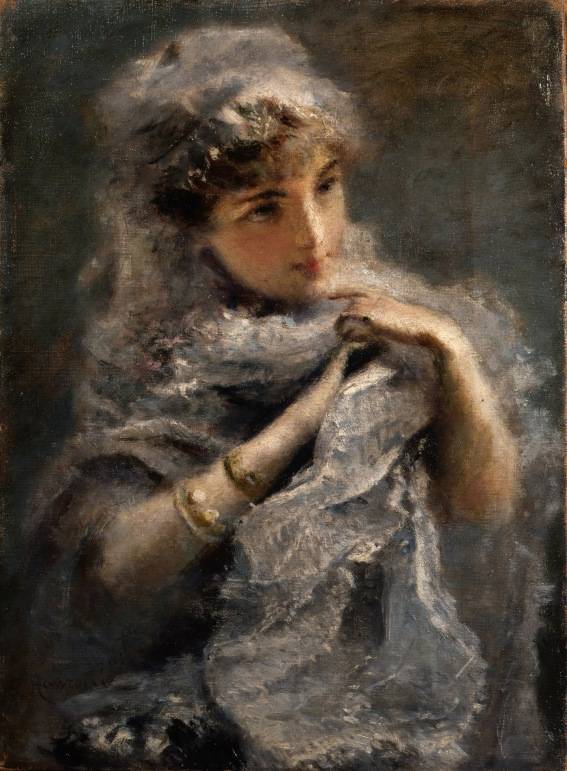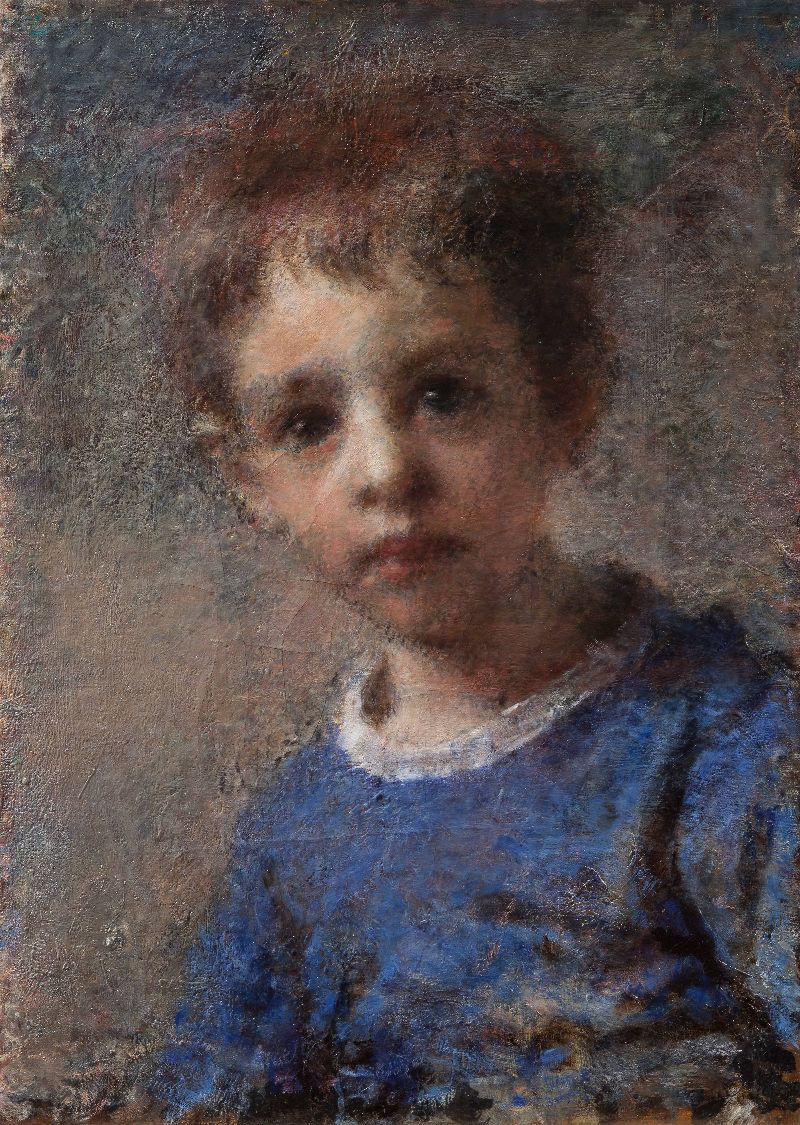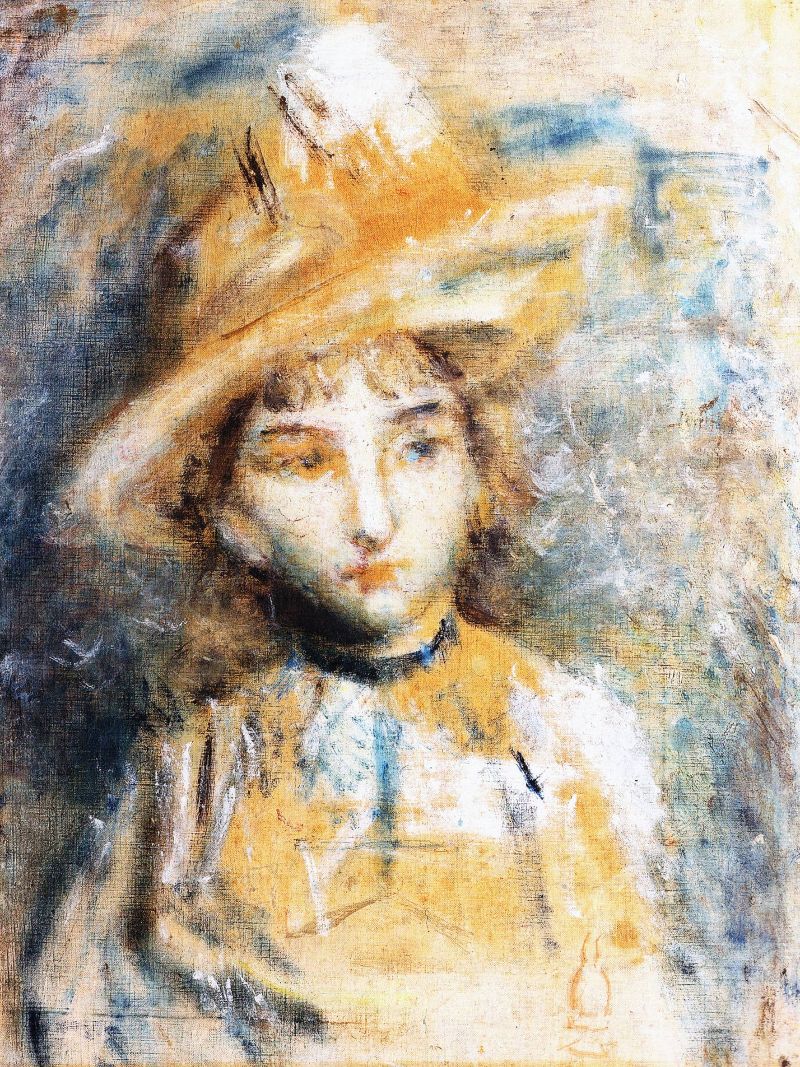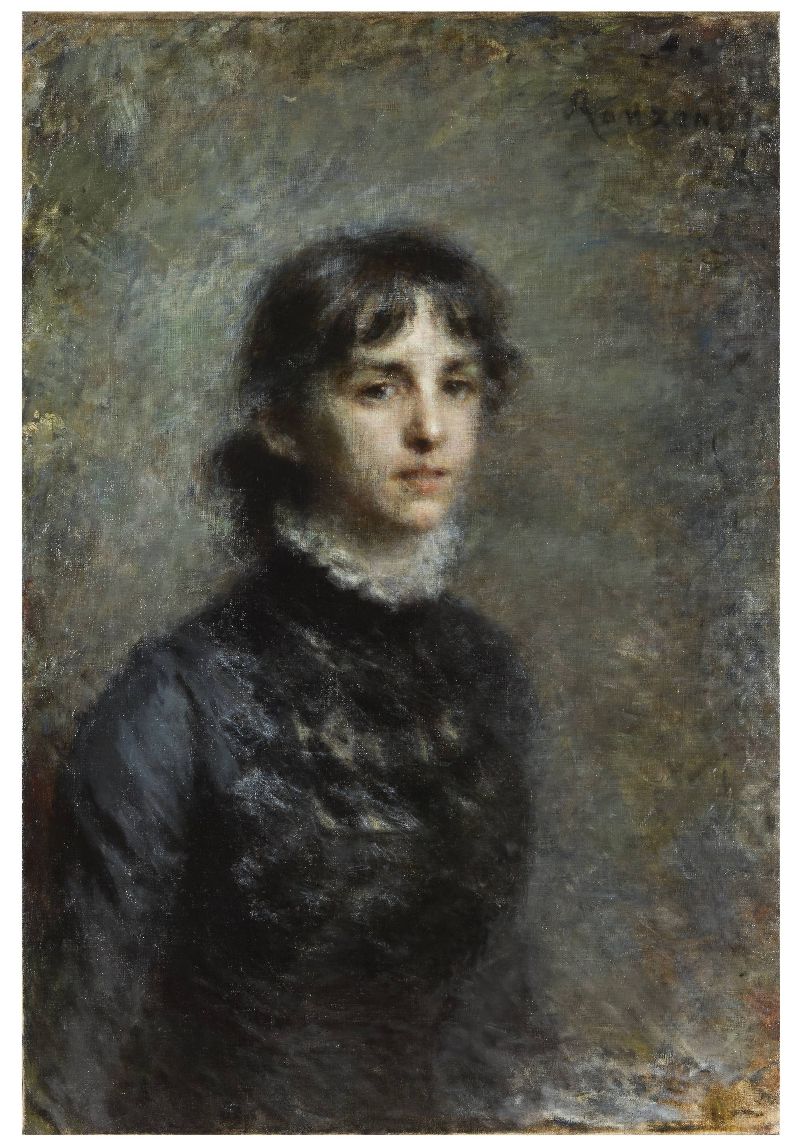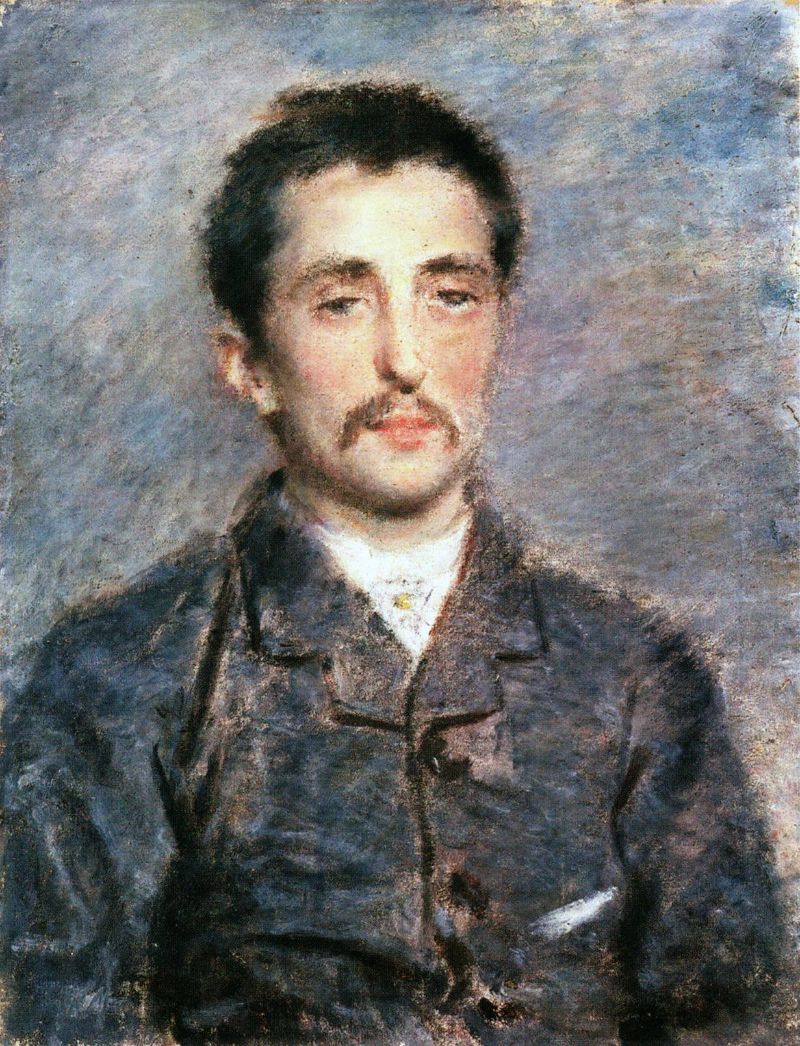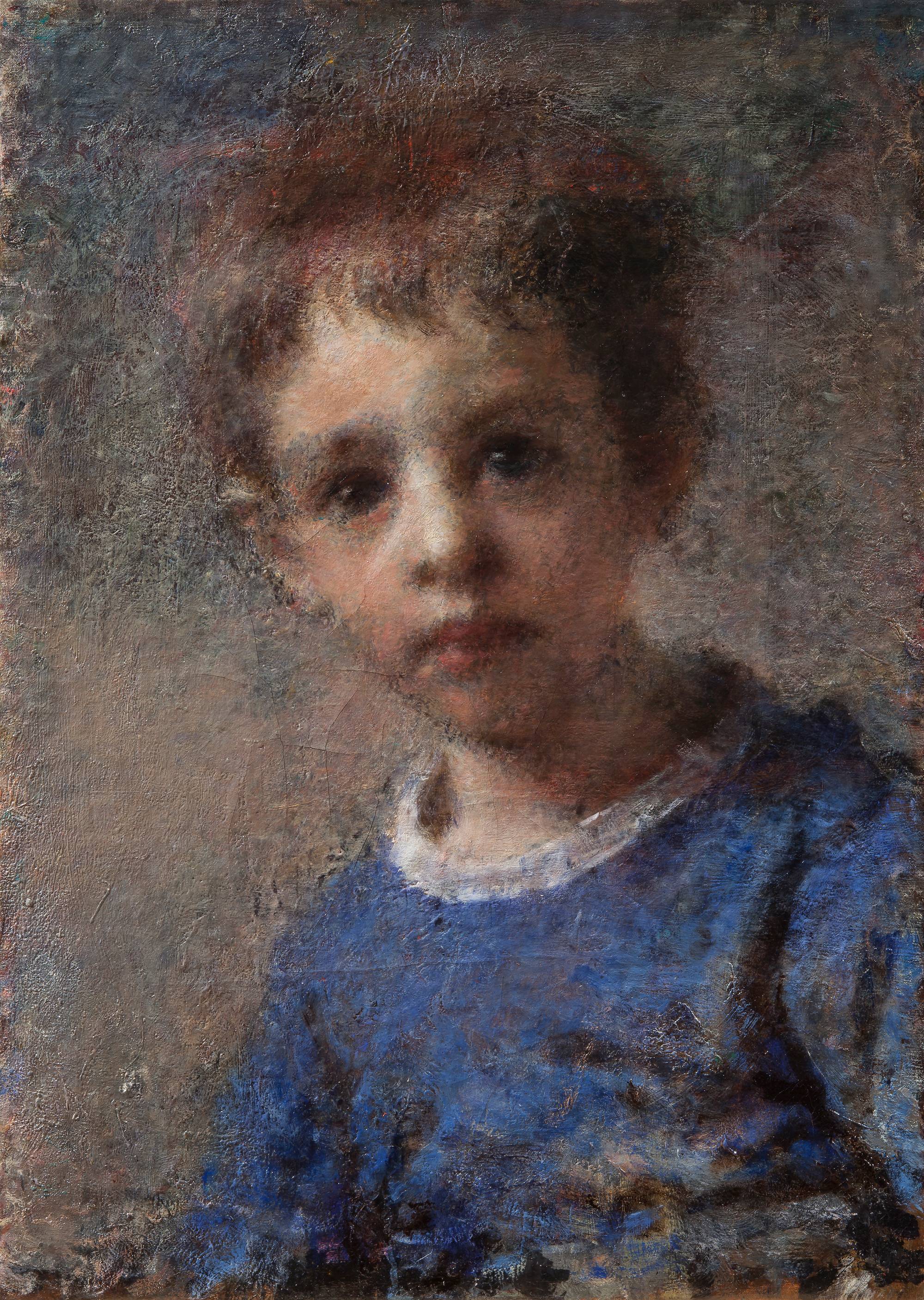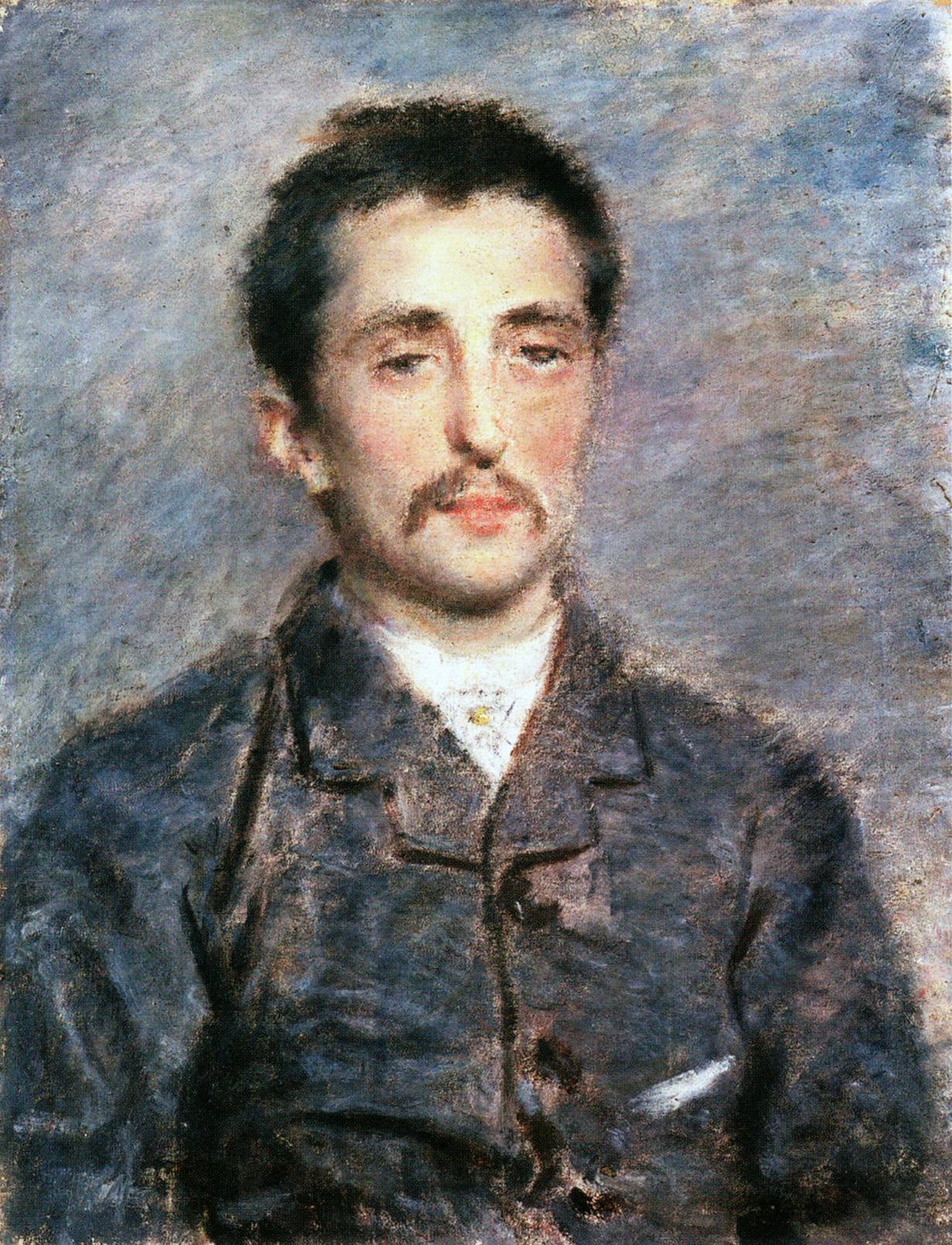The English years
“Luigi Troubetzkoy described the circumstances in which Ranzoni was convinced to move to England “Around that time, an English family, the Medlycotts, came to live in one of the chalets of our Villa, rented for the season. Mr. Medlycott had a passion for painting; he would make watercolor landscapes of such a quality that Ranzoni himself would praise his works. Between the dilettante and the artist, a true friendship and a reciprocal respect developed. So, Mr. Medlycott tried to convince Ranzoni to accompany him to England where he predicted he would encounter great success. At first, Ranzoni was reluctant to undertake the trip. But finally Mr.Medlycott’s insistence convinced him” [from Memorie ,Luigi Troubetzkoy, in Verbanus, n.3 1982 e Verbanus n.6, 1985].
As a guest of the Medlycotts, Ranzoni began his English society painter venture at Ven House, a sumptuous domain in the Inigo Jones style. It was the home of the Medlycotts’ linage since the eighteenth century situated about one mile form Melbourne Port in the Somerset countryside, a plain dominated by the imposing architecture of Salisbury Cathedral.
The Pagets were friends of the Medlycotts: Ranzoni was their guest at Cranmore Hall in the town of Shepton Mallet also in Somerset. Rebuilt in 1868, the Pagets’mansion had been fitted with the addition of a greenhouse in 1868. Thanks to these two influent families, Ranzoni was quickly promoted to society painter to the gentry but also to the entrepreneurial bourgeoisie. In fact, he went to Ludlow, in the Shropshire, in the North of England having been invited by Edward Wood, a rich merchant who had recently built a huge mansion, Culmington Manor (1870) [halas Wood would later go bankrupt]. From that Manor, it was particularly difficult for Ranzoni to reach London and this geographical distance prevented him from frequenting artists or belong to artists’ groups.
Even though he was handsomely paid, Ranzoni was deeply unhappy, waiting for letters from Intra, feeling isolated and ill at ease in his patrons’ life style. The camaraderie he had experienced at Villa Ada was no longer possible among his English patrons. In this very class-conscious society a hired portrait painter was ranked somehow between a butler and a children’s tutor, a rigid protocol determining all interactions. Nevertheless, convinced that his income was necessary not only to help his own family back home but, also, to finance the Troubetzkoys, he remained almost three years in England. In fact, curiously, the situation had been reversed: the painter was no longer princess Ada’s protégé; on the contrary, her husband Prince Pietro, to replenish his ailing finances and conjure a bankruptcy, had gone in business with Ranzoni’s brother Remigio in a hat factory, financed primarily with Daniele’s income, which produced fashionable felt hats. The ill-fated business venture had the result “to convert huge quantity of pounds into too few fedoras” (Giovanni Borelli).
Ranzoni spent January and February 1878 at Birling Manor near Maidstone in Kent as guest of the Nevills. The sudden death of Tranquillo Cremona (July 10) in his native Pavia where he had been called to chair the Art Academy forced Ranzoni to return briefly to Italy. He took the opportunity to make a brief trip to Intra (letter of his sister Viginia to Remigio, July 17). Back in England at the end of 78, he spent February 1879 in London, for the first and only time, as guest of Baron Fuller Acland Hood. The Hoods of Avalon were the only aristocratic family among Ranzoni’s English patrons who were not gentry.
Urged by his patrons, Ranzoni decided abruptly to present three works at the 1879 Summer Exhibition of The Royal Academy, just a few months after the election of Frederic Leighton (1830-1896) as its President. This submission proved a dismal error: he had no record of participation in any English exhibition and had never taken part in the Fine Art Society shows, which since 1876, year in which the Society had been chartered, functioned as a sort of breaking ground for artists attempting to be accepted by the jury of the Royal Academy. As could have been expected, all his works were rejected. In 1879, the Jury of “The Annual Exhibition of Living artists”, known as the Royal Academy Sumer Exhibition, accepted 2000 pieces out of 6,415 presented and 391,197 visitors came.
Bitterly hurt, he left England for Milan in September 1879.
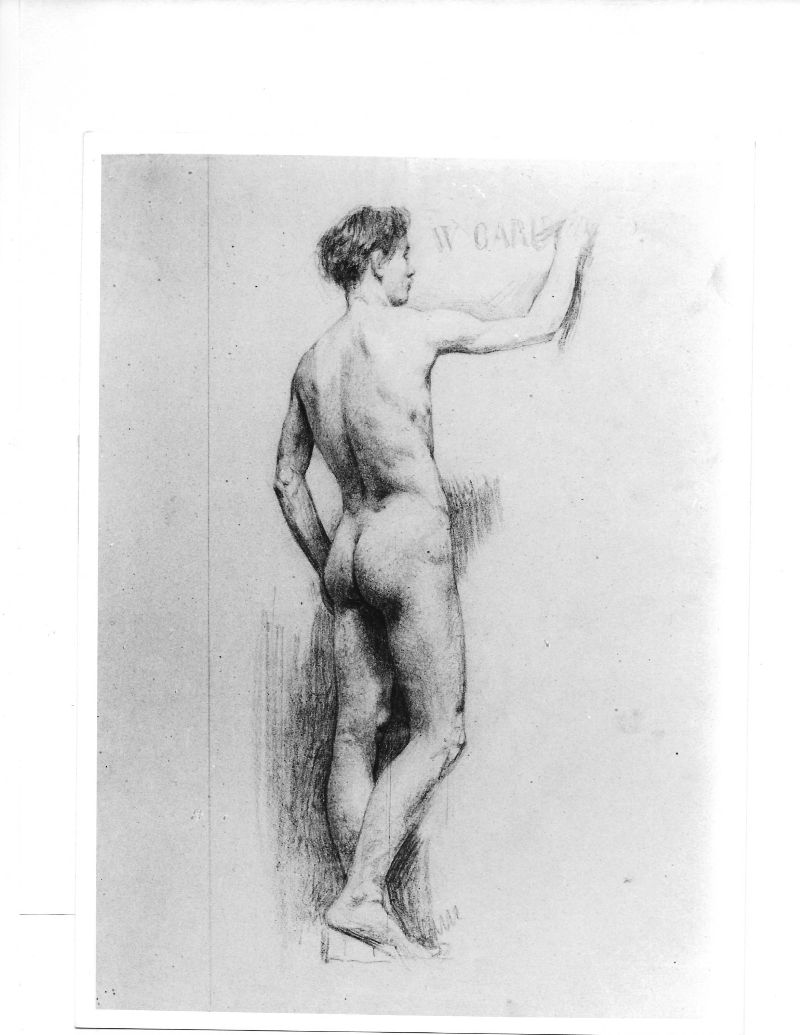 Academic male Nude writing WW Garibaldi, drawing on yellowish paper, 420x 330 mm
Academic male Nude writing WW Garibaldi, drawing on yellowish paper, 420x 330 mm  Portrait of the actor B.Manfredi [1867] drawing on white paper 217 x 170mm, CR. D84 , stolen from the Landscape Museum in Verbania-Pallanza.
Portrait of the actor B.Manfredi [1867] drawing on white paper 217 x 170mm, CR. D84 , stolen from the Landscape Museum in Verbania-Pallanza. Illustration drawing for a theatrical production, 1860-1861, pencil on yellowish paper, dated under the foot of the child in an unclear fashion 1860 or maybe 61. Landscape Museum, Verbania-Pallanza.
Illustration drawing for a theatrical production, 1860-1861, pencil on yellowish paper, dated under the foot of the child in an unclear fashion 1860 or maybe 61. Landscape Museum, Verbania-Pallanza. 